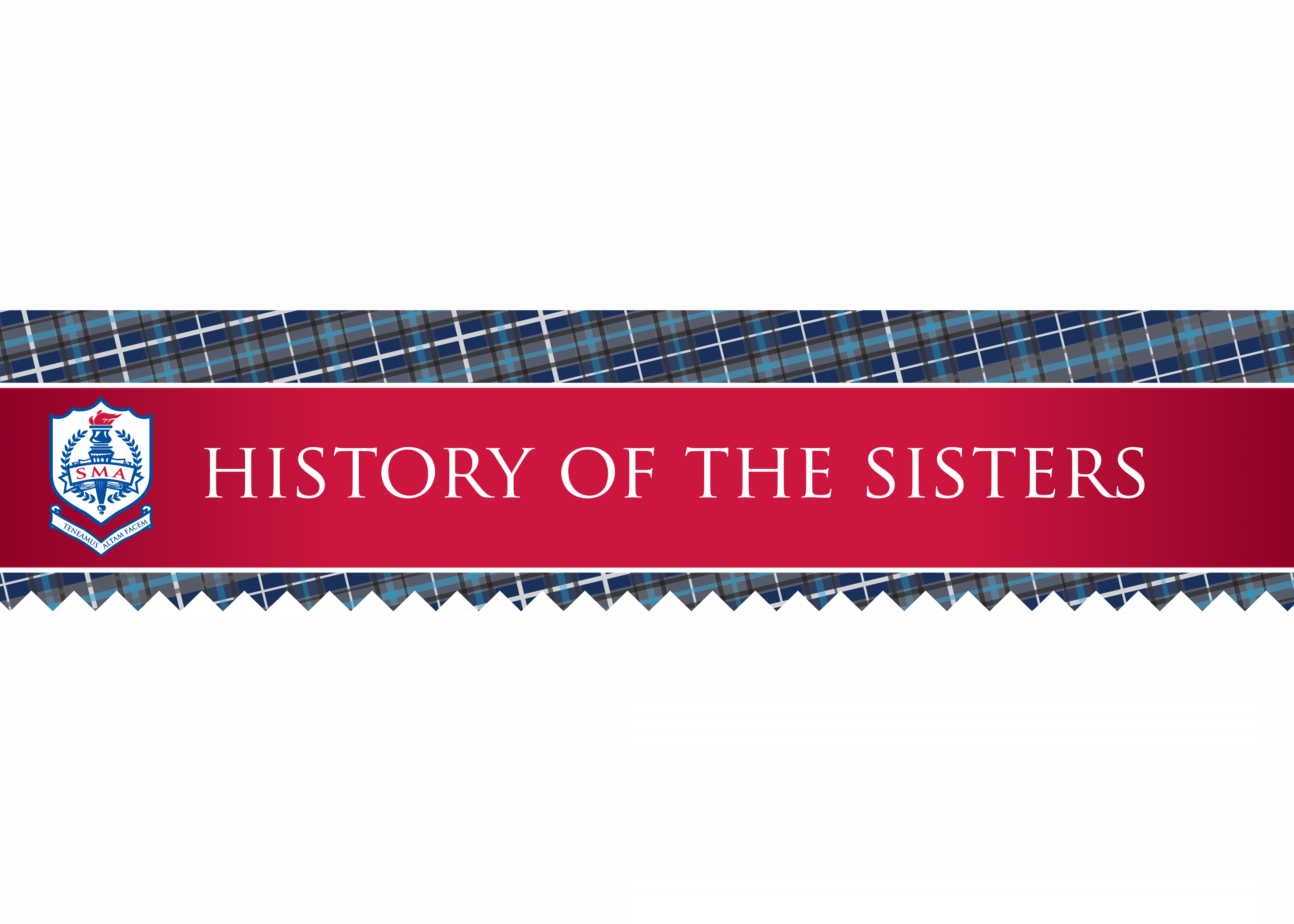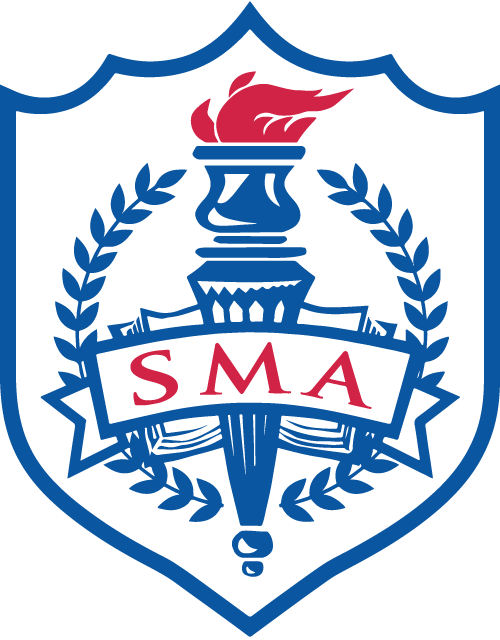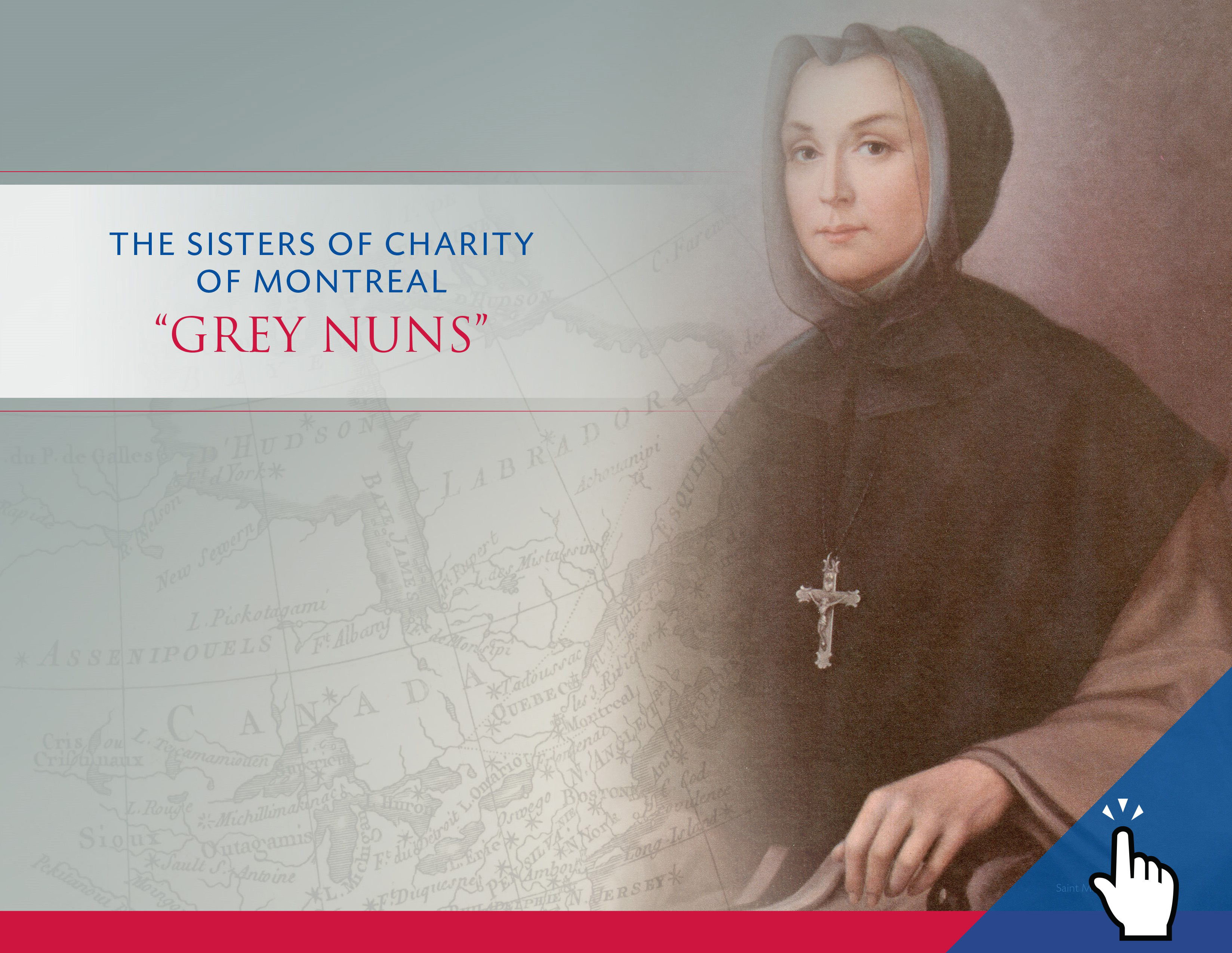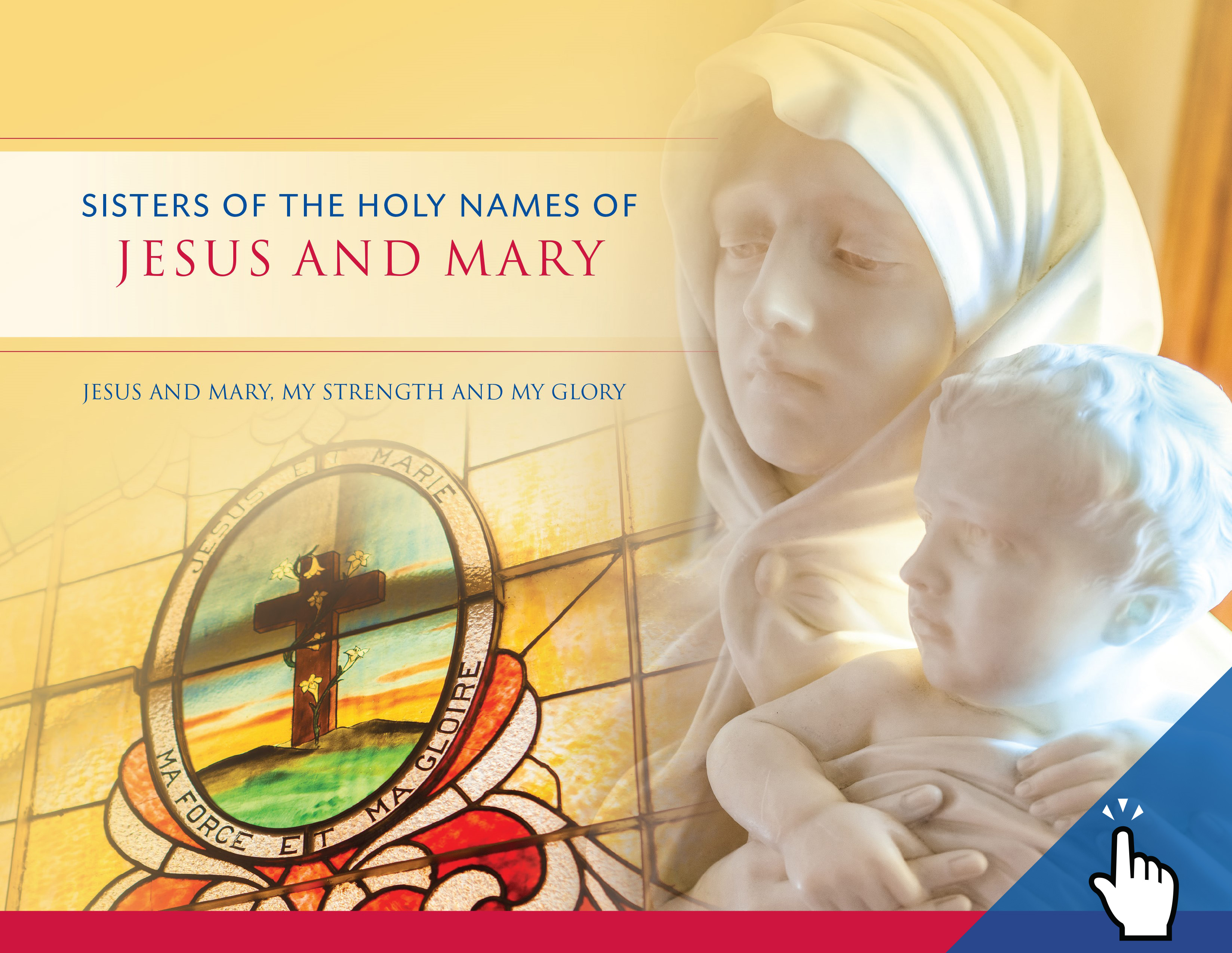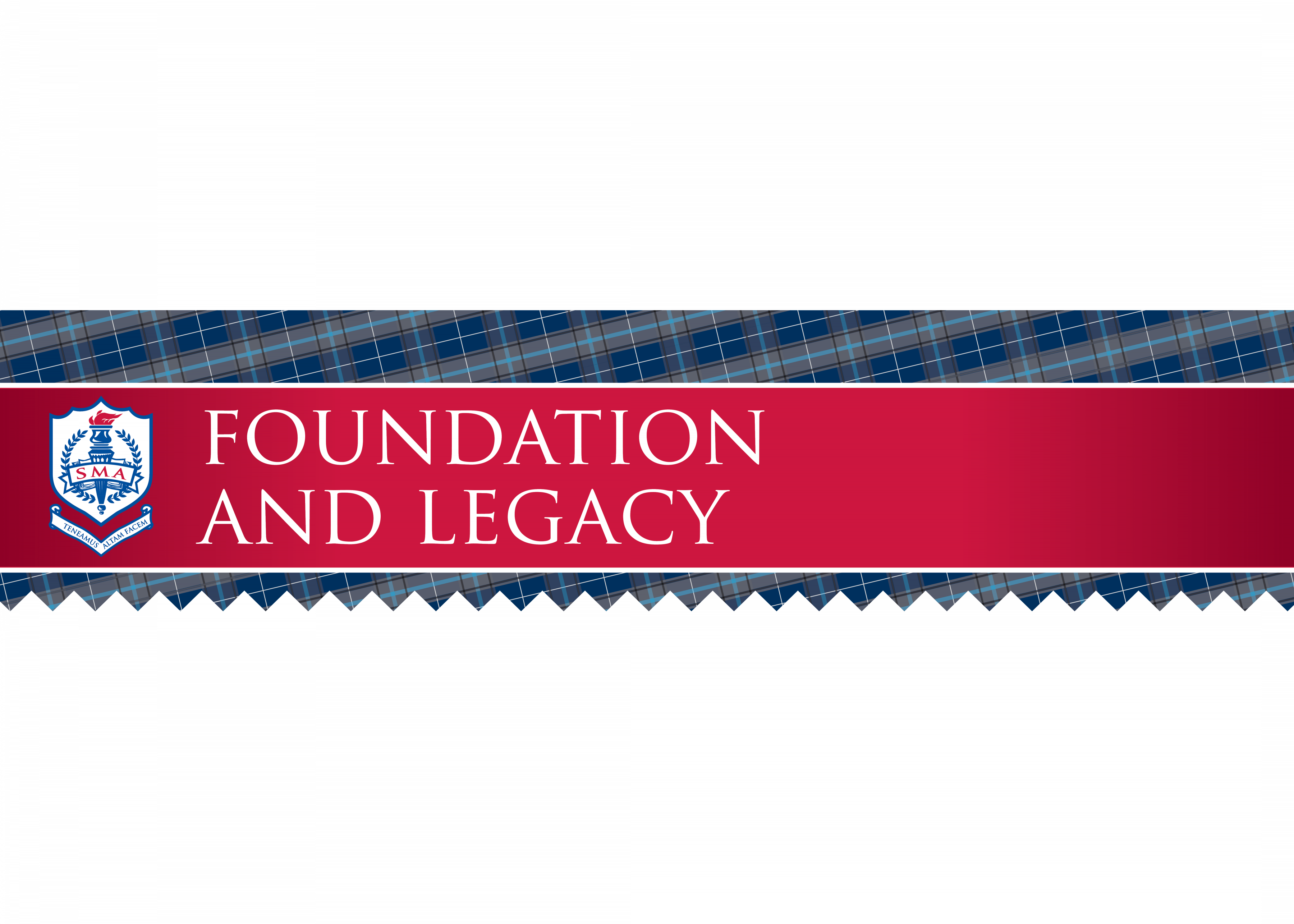
Sisters of Charity of Montreal (Grey Nuns)
On May 1, 1869, at the request of Bishop Joseph-Norbert Provencher, Sisters Ste Thérèse and Mary Jane McDougall, two Sisters of Charity of Montreal (Grey Nuns), opened Maison Ste Marie, the first Catholic school in the Red River settlement across the river from St. Boniface.
The school was located in the former home of the Drever family (Clova Cottage), purchased by Archbishop Taché. During 1870, a chapel was added to the building and Catholics in Winnipeg were able to attend mass, effectively marking the beginning of St. Mary’s Church. Thirty-four students were enrolled in 1871-1872.
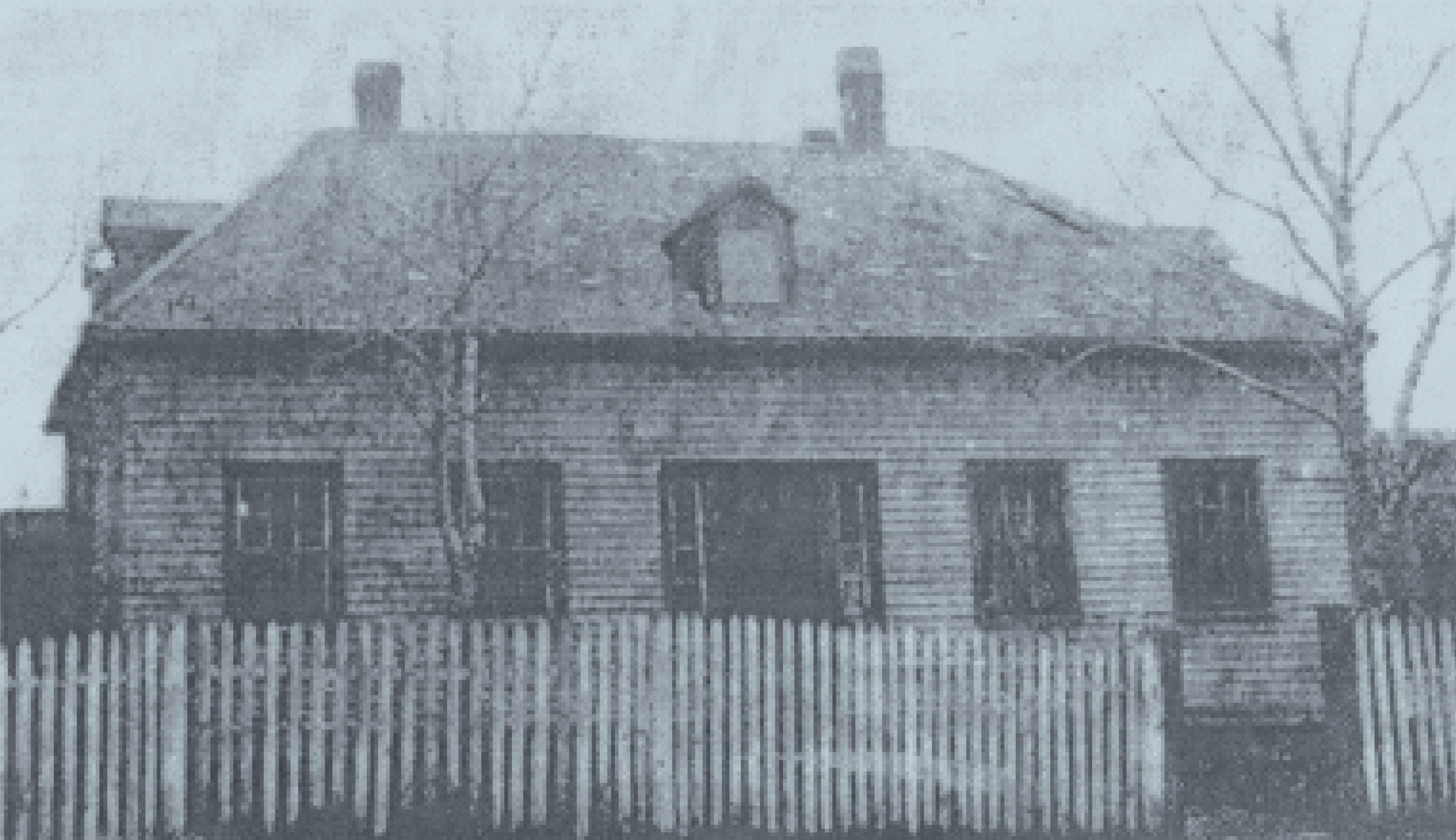
Maison Ste Marie
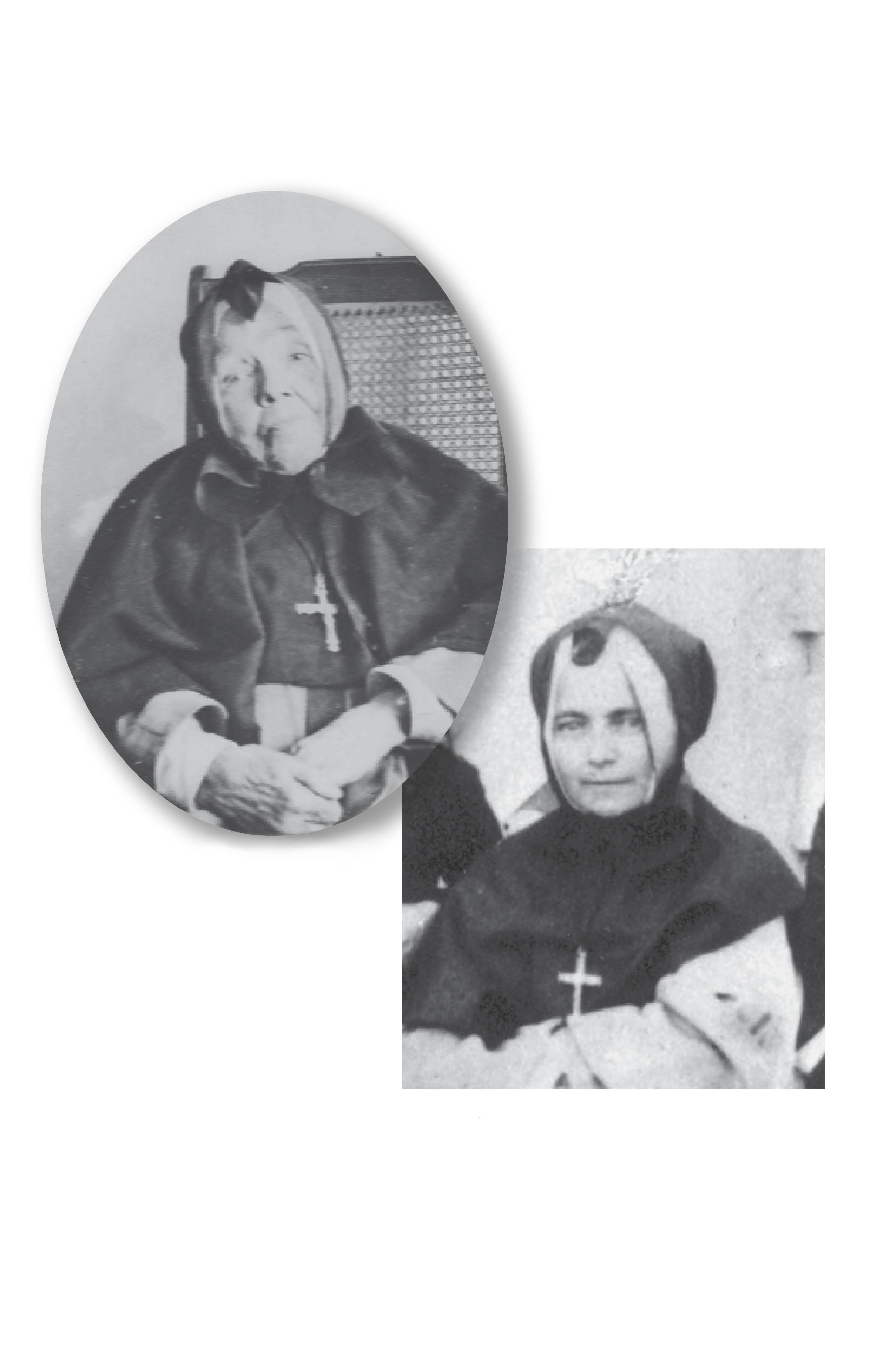
Left to right
Sister Ste Thérèse
Sister Mary Jane McDougall
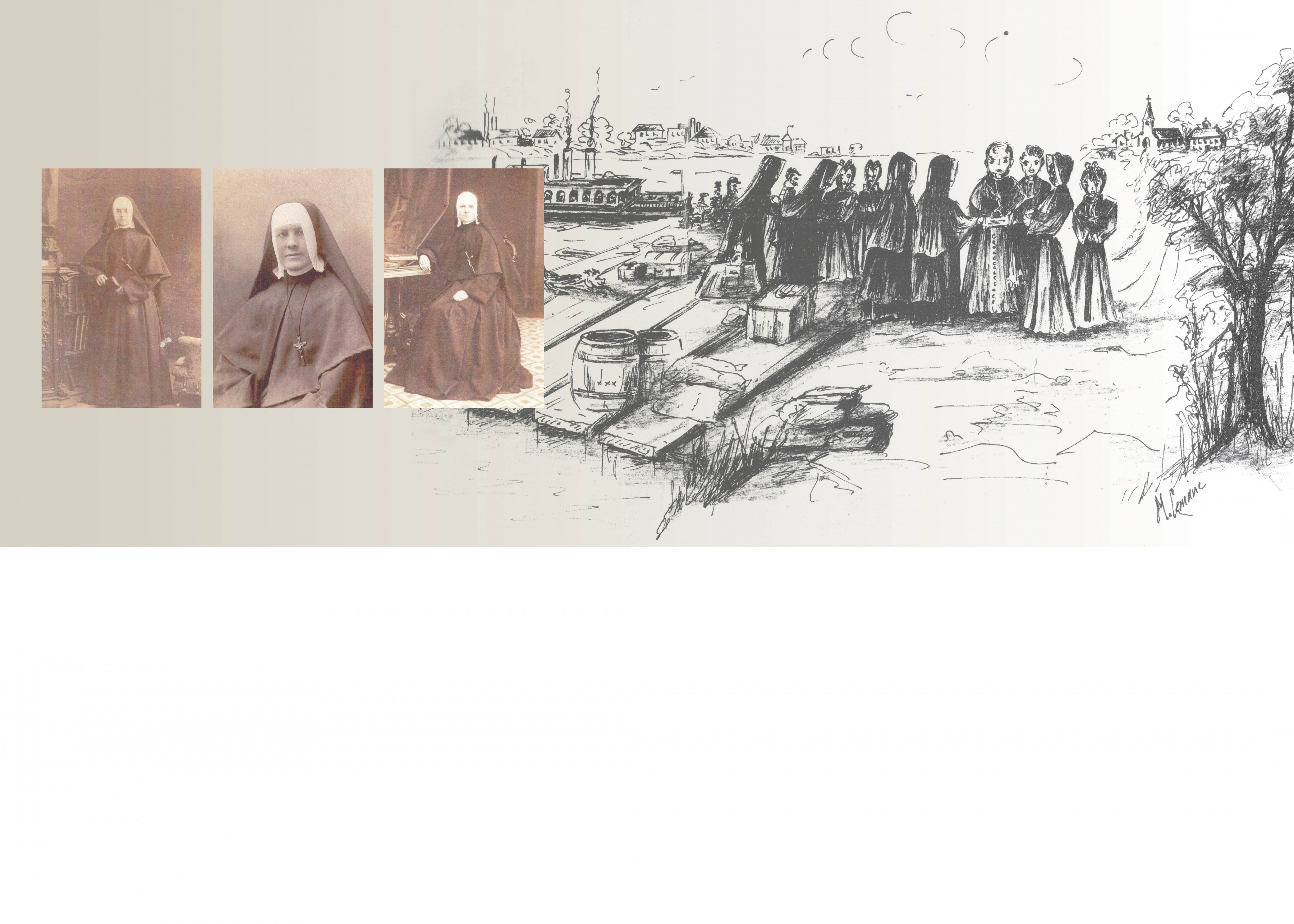
Left to right: Sister Jean-de-Dieu, Superior, Sister Marie-Elie, Sister Marie-Florentine
Background image: sketch of the Grey Nuns welcoming the Sisters of the Holy Names of Jesus and Mary
Sisters of the Holy Names of Jesus and Mary
The arrangement with the Grey Nuns was temporary, and by 1874, Archbishop Taché had recruited a Quebec based teaching congregation, the Sisters of the Holy Names of Jesus and Mary (SNJM), to assume responsibility for the school. In his letter of request the Archbishop admitted that the school was very modest, but that there was good to be done. The four SNJM arrived in the newly incorporated City of Winnipeg on August 22, 1874. Sisters Jean-de-Dieu, Superior, Marie-Florentine, Electa-du-Sacré-Coeur and Marie-Elie, were all between the ages of 21 and 27, and only the Superior was final-vowed. They spent two days with the Grey Nuns in St. Boniface before crossing the river and walking through the mud to Maison Ste Marie (St. Mary’s Academy), their new home and mission.
On September 1, 1874, the Sisters registered their first students at St. Mary’s Academy – twelve girls and seven boys. The Sisters recorded the school opening in their convent chronicles: “It is a very small beginning. May the seed grow and later become a large tree whose branches will stretch over the wide prairies of the northwest.”
In the weeks to come enrollment increased to 126 students, and 50 of them were boys. The following year, when a school for boys was opened on Hargrave Street by the Christian Brothers, the Academy became an all-girls school.
Elie Tasse, the Superintendent of Catholic Schools for the Province of Manitoba, wrote in his 1874-75 inspection report, “the Sisters of the Holy Names and their predecessors have managed the institution in such a manner as to reflect great credit and honour on the school district.” Three years later he reported that “the success of this school has been remarkable.”
As the population of Winnipeg grew, the Academy’s enrollment increased exponentially so that, by the turn of the century, the school had been expanded three times on its original site before being relocated to Crescentwood in 1903.

Sisters Mary Pauline and Eleanora, 1950 flood
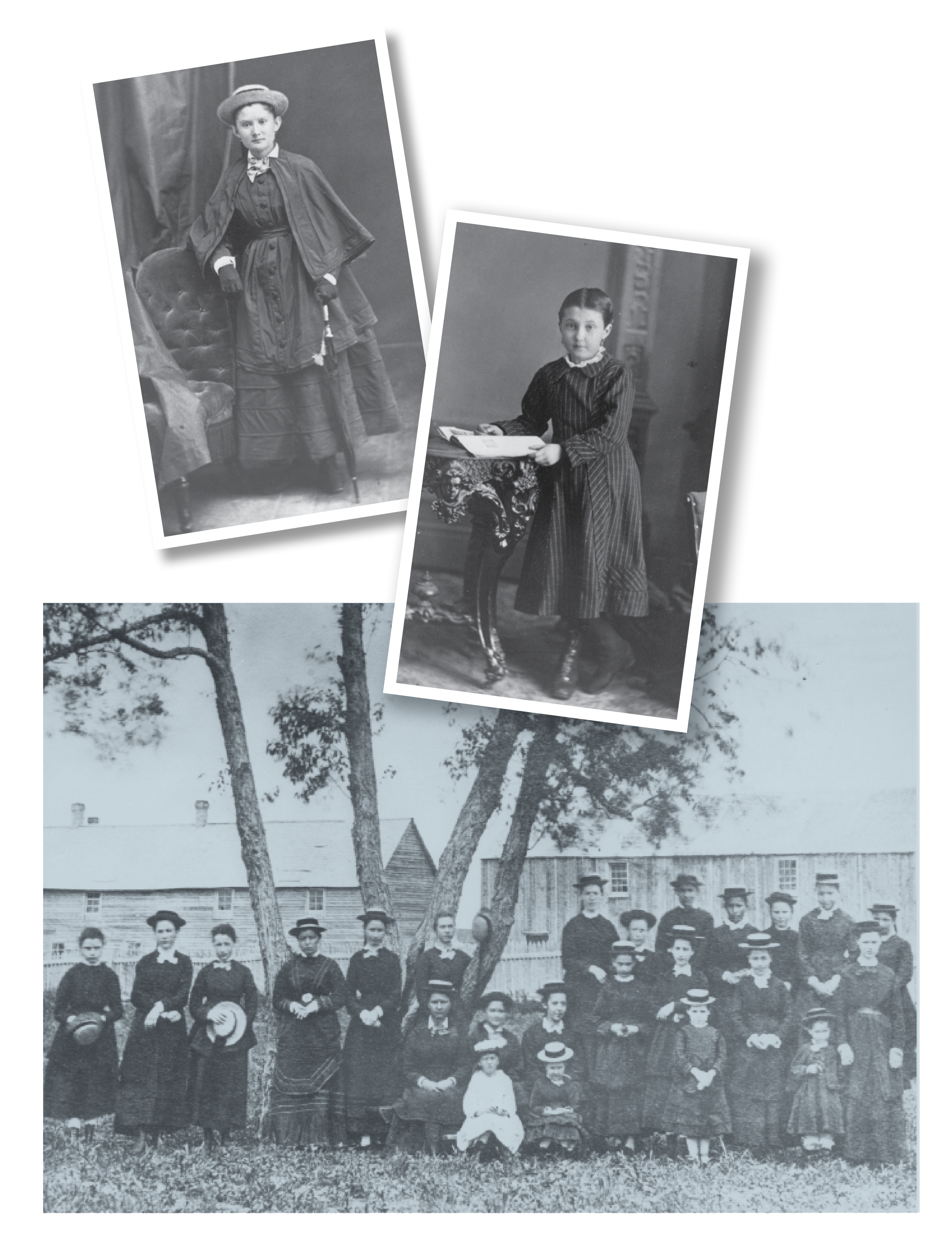
Top left to right
Jane McKay, first student registered by the SNJMs
Emma Monchamp, student in 1875
Bottom: St. Mary’s Academy students, 1874
Legacy
St. Mary’s Academy remains the oldest continuously operating independent school in the province. We stand on the shoulders of courageous, dedicated pioneer women. Their vision inspires our work at the Academy where we strive to nurture talents, hand on the faith, promote justice, celebrate the arts and continue to make a positive contribution to the broader community.
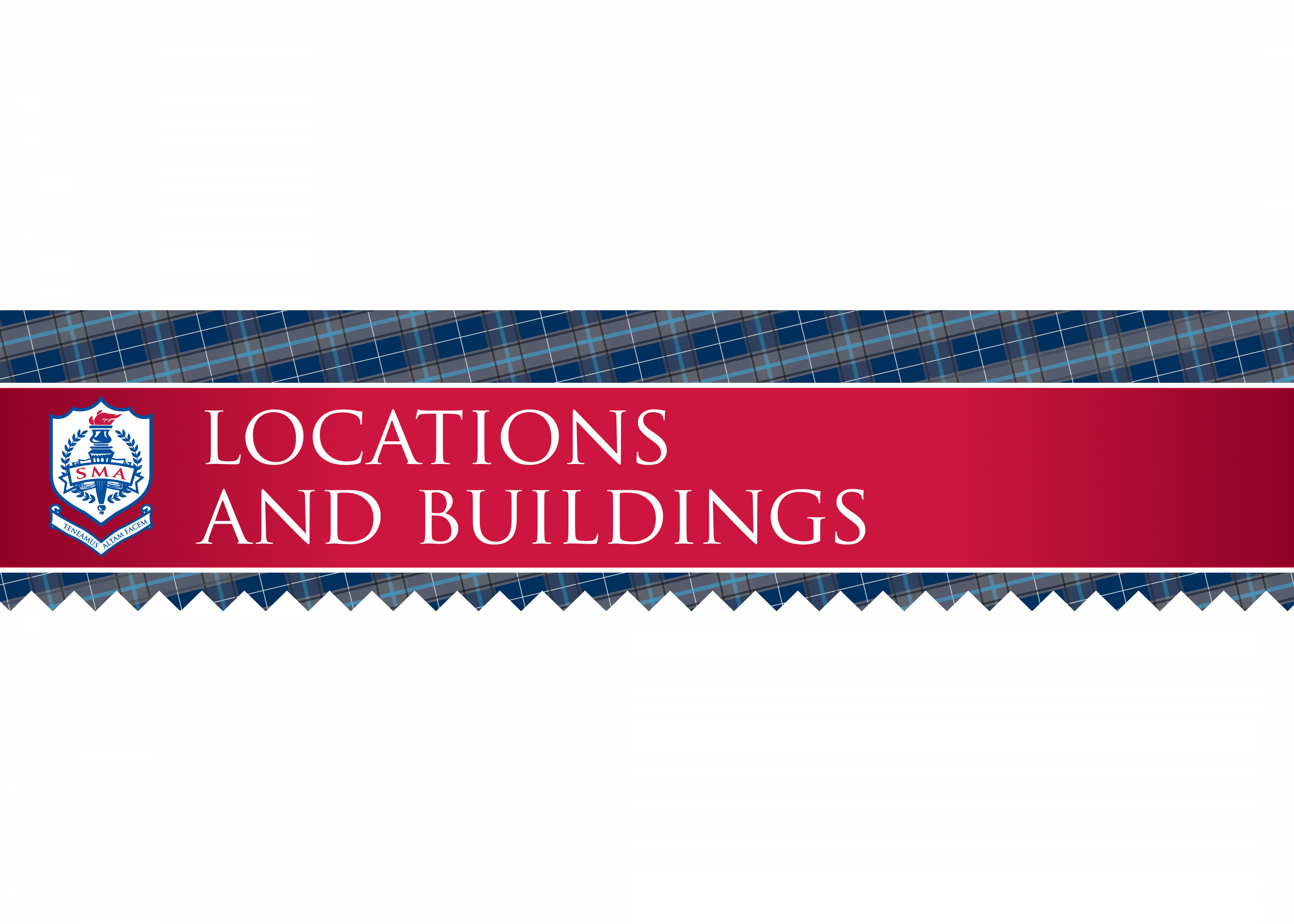
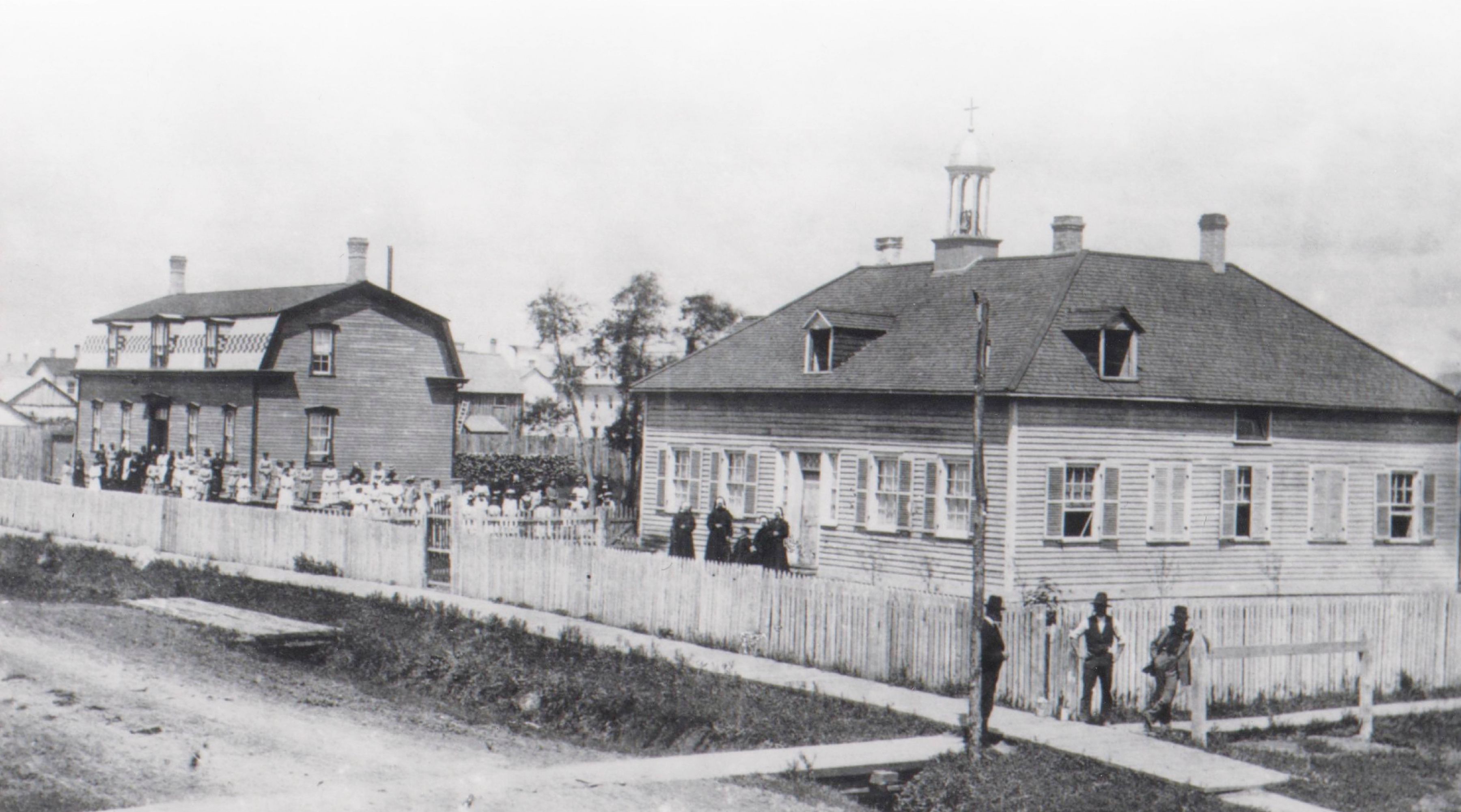
St. Mary’s Academy in 1874 (right building), and new building called “The Annex” (on the left)
The Annex - 1876
The student population grew so rapidly that by 1876 the foundation building, which housed the school and the Sisters, was already too small. Adjacent property was purchased and The Annex was constructed at a cost of $3415. The Annex accommodated classrooms for 100 girls and dormitories for 31 boarders.
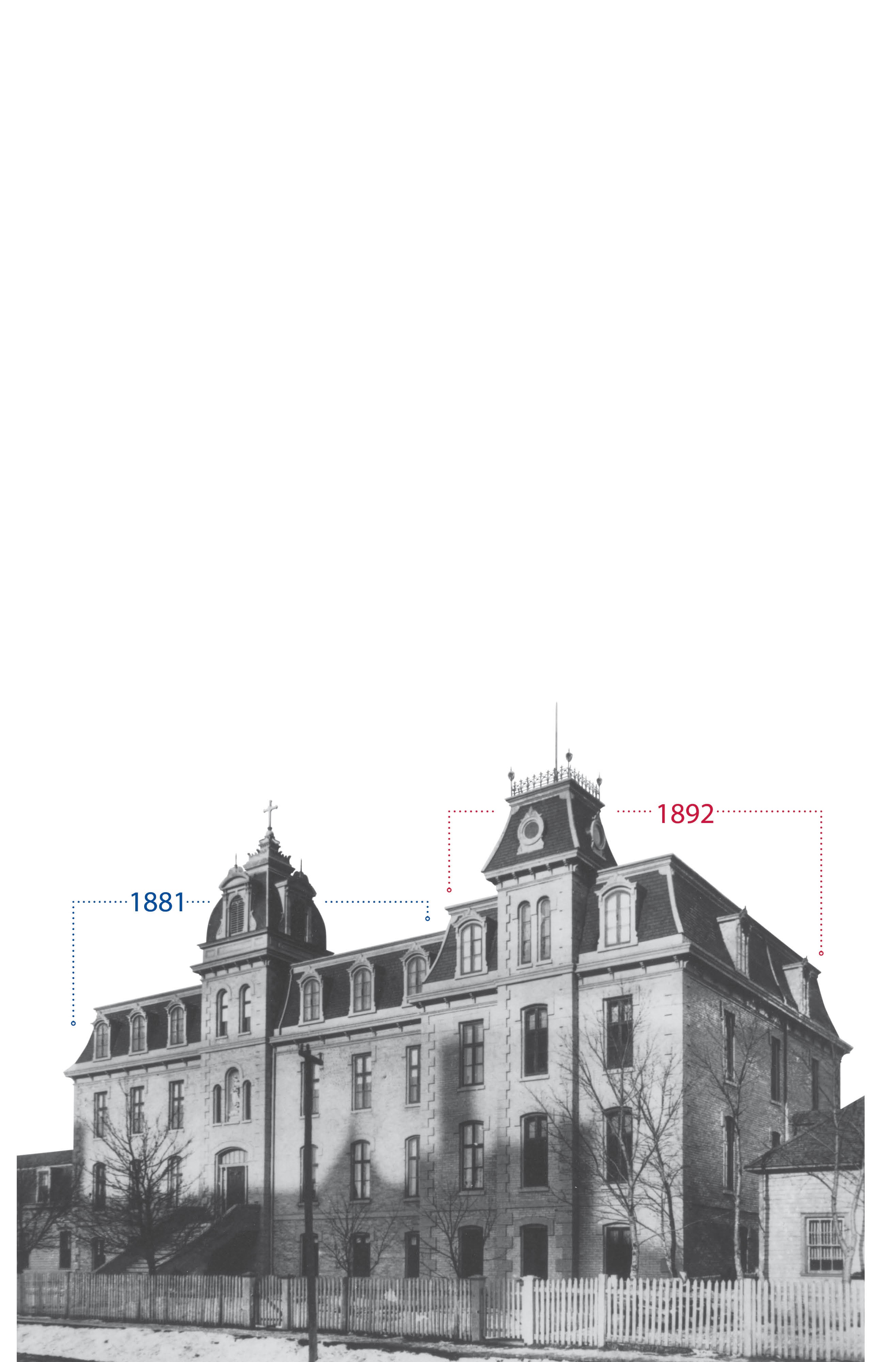
Brick Academy - 1881
By 1881 the number of students had risen to 226 and the number of boarders to 68. This continued growth necessitated the construction of a new, larger building, the Brick Academy, which was joined on its west side to the Annex. In time, this building too, became overcrowded and a new wing was added in 1892.
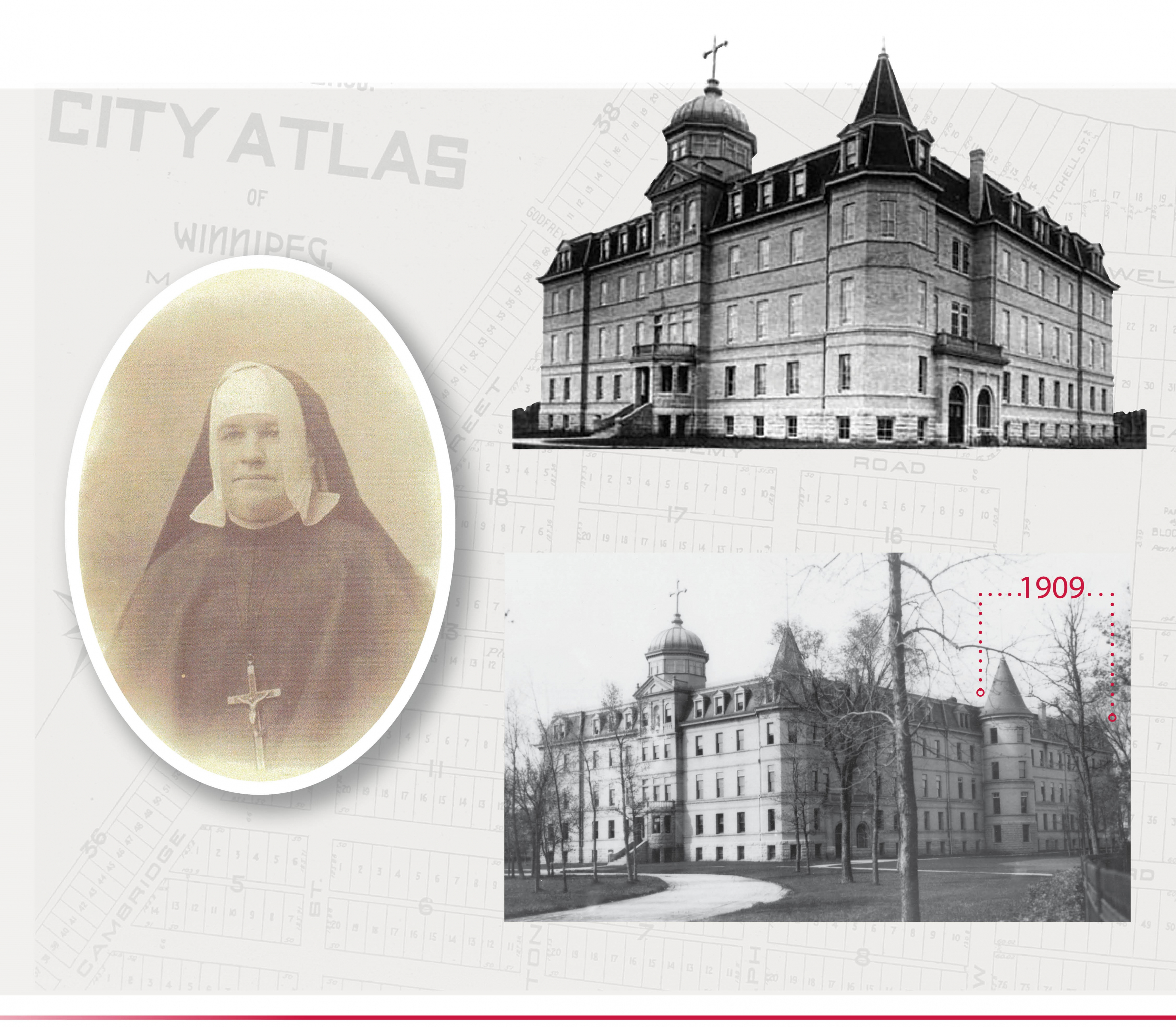
Left: Sister Angelica of Mary
Top right: St. Mary’s Academy new site in 1902
Bottom right: St. Mary’s Academy adds new wing in 1909
Wellington Crescent Academy - 1902
As the population of Winnipeg grew from 5000 in 1874 to 40,000 in 1900, St. Mary’s Academy found itself in the industrial centre of the city. The crowded, noisy area was no longer a suitable environment for the school. Under the leadership of Sister Angelica of Mary, a fifteen-acre site was purchased in Crescentwood for a new Academy. The cornerstone was blessed by Archbishop Langevin on August 31, 1902. The new school took the better part of a year to complete at a cost of $81,000. On September 6, 1903, St. Mary’s Academy opened at its present-day location at 550 Wellington Crescent with 48 day students, 148 boarders and 27 Sisters. The Manitoba Free Press questioned why the Sisters built so far out on the prairies!
1909 Building
By 1909 another addition was imperative as enrollment increased to 355 students. The addition cost $99,300 and was 18 feet wider than the original building. This change in width was hidden on the Academy Road side by a large tower housing a staircase. A main attraction was the new music department with 22 individual studios on the south side of the first floor.
1963 Building
In 1963 St. Mary’s Academy began a large expansion which cost $1.1 million. Inspired by the desire to enrich school programs, the expansion included a theatre, library, gymnasium, cafeteria and art studio. The main showpiece was the state-of-the-art 624 seat theatre, now called Alumnae Hall. The building officially opened in October 1964.
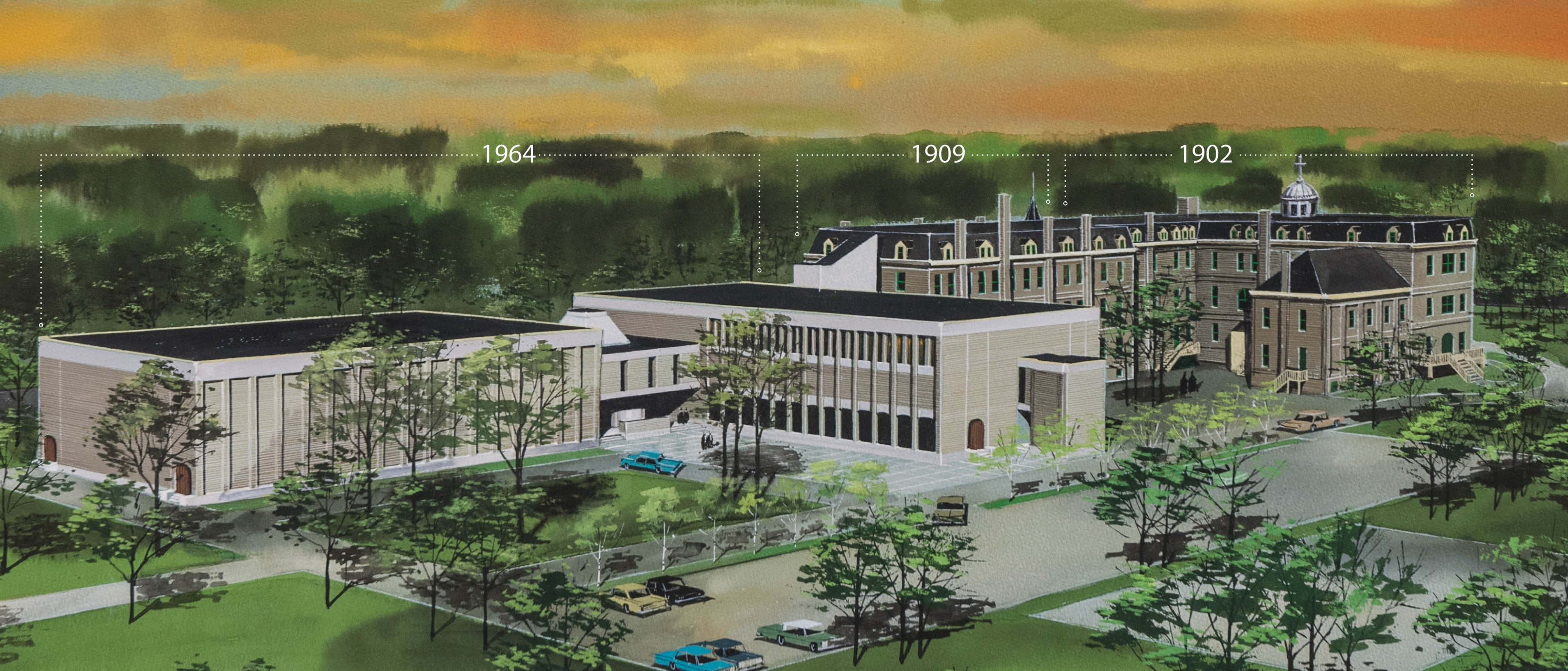
Architectural rendering of the proposed 1964 addition.
Renovation and Expansion
With the closing of the Sisters’ residence in 1999 the school was poised to occupy the entire building. A four-phase facility redevelopment plan was created. Over a 12-year period, three of the four phases were completed at a cost of $12.2 million. In the 1909 building, The Richardson Science Wing was built on the fourth floor and the basement labs were converted into nutrition and textile studios. Two classrooms were added and the entire building was upgraded and air-conditioned. Next, the 1963 building was renovated and expanded. By 2013 the school included the Durocher Library, a spacious visual arts studio, a well-equipped fitness room, a multi-purpose room, a uniform shop, a theatre production wing, a sacristy and the Sheila Chipman Atrium.
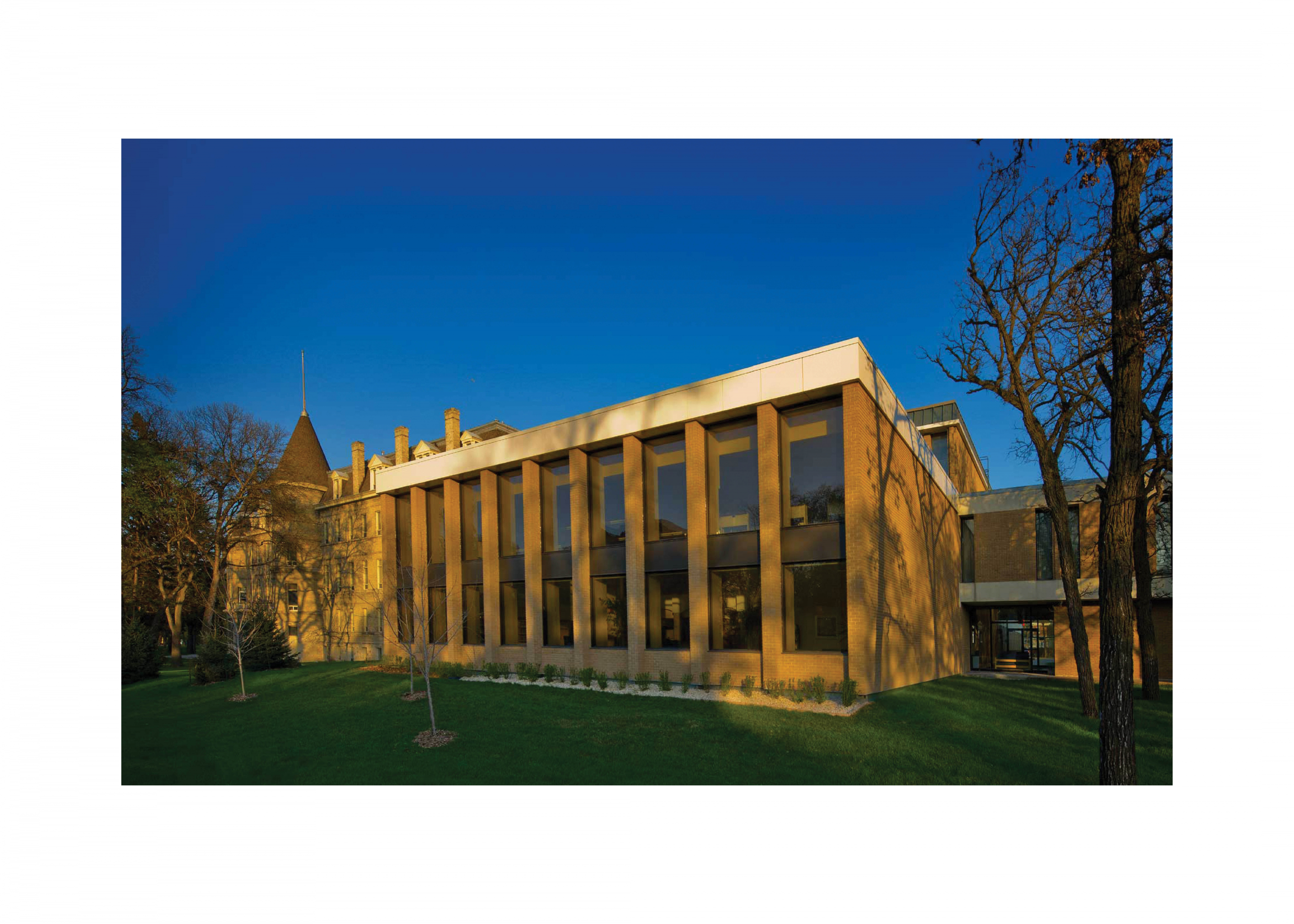
Library Exterior
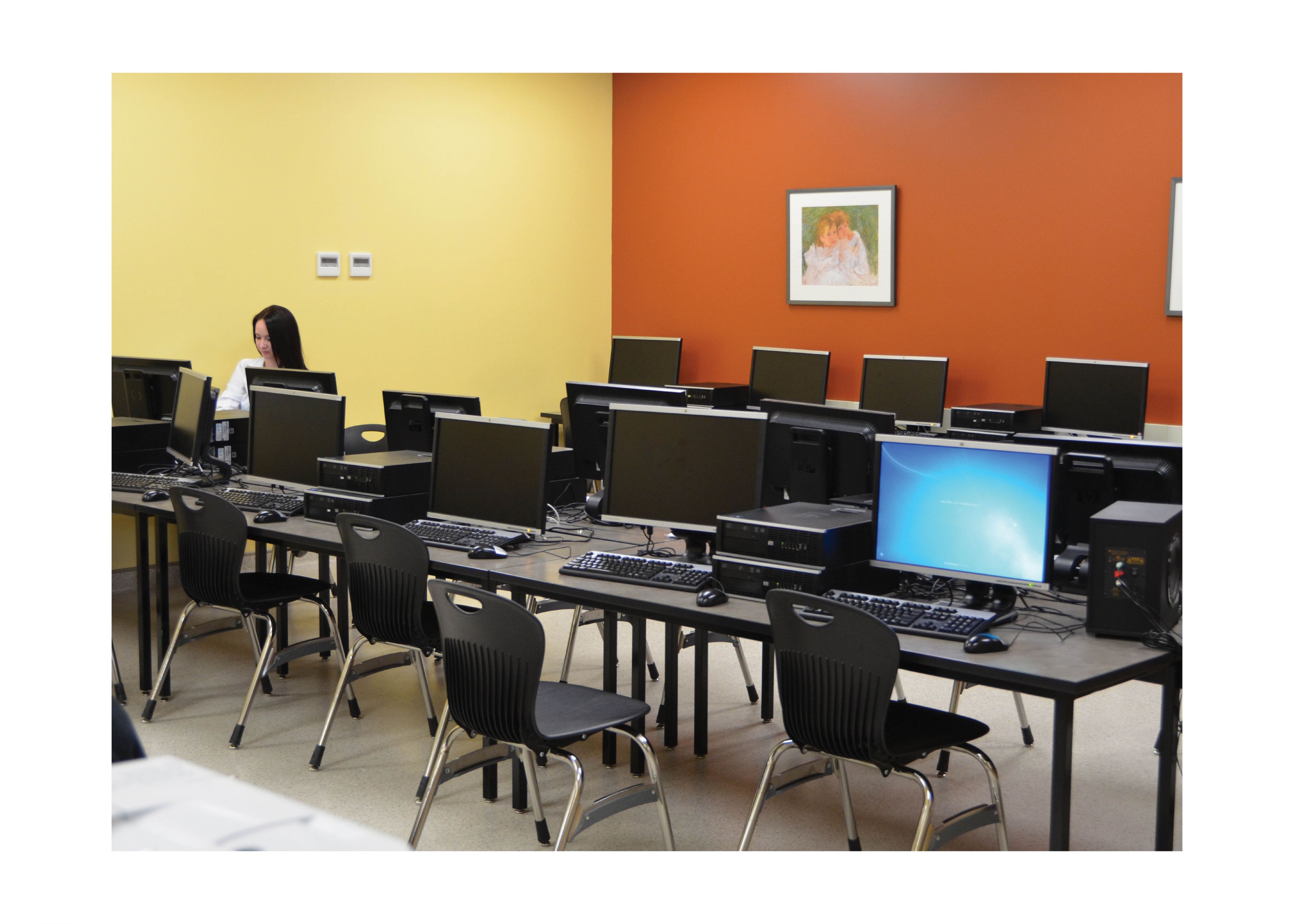
Computer Lab in Durocher Library
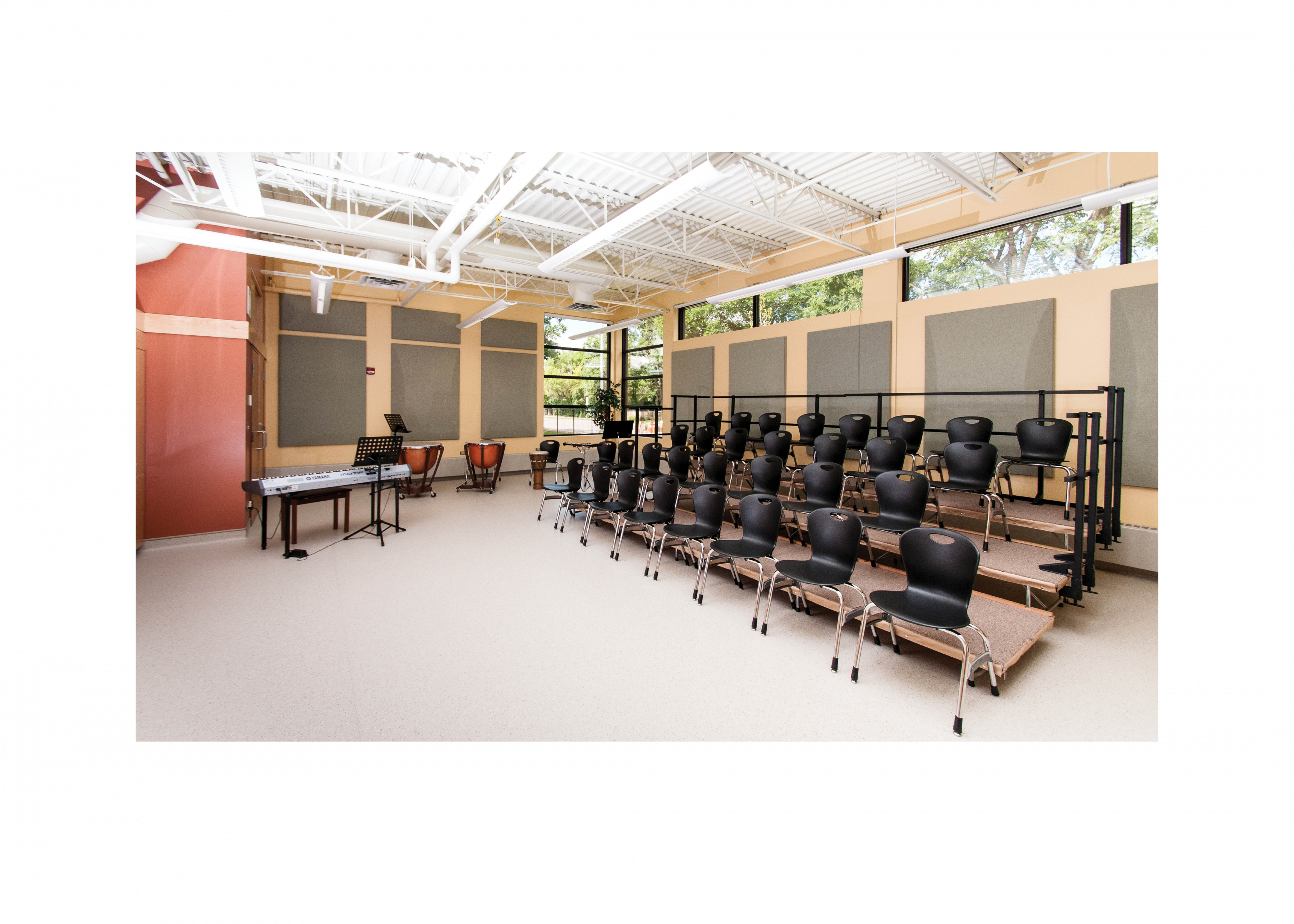
Music Studio
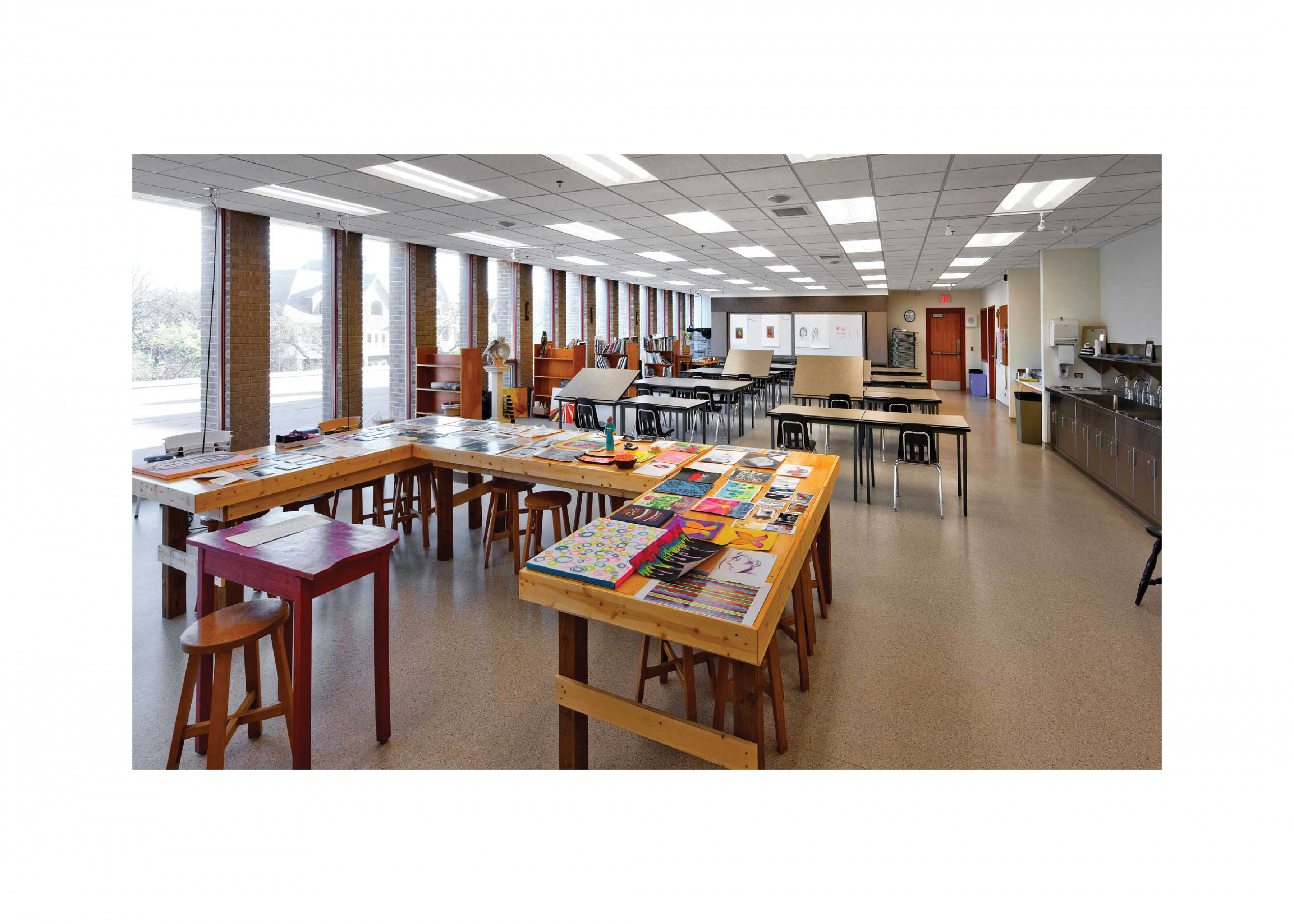
Fine Arts Studio
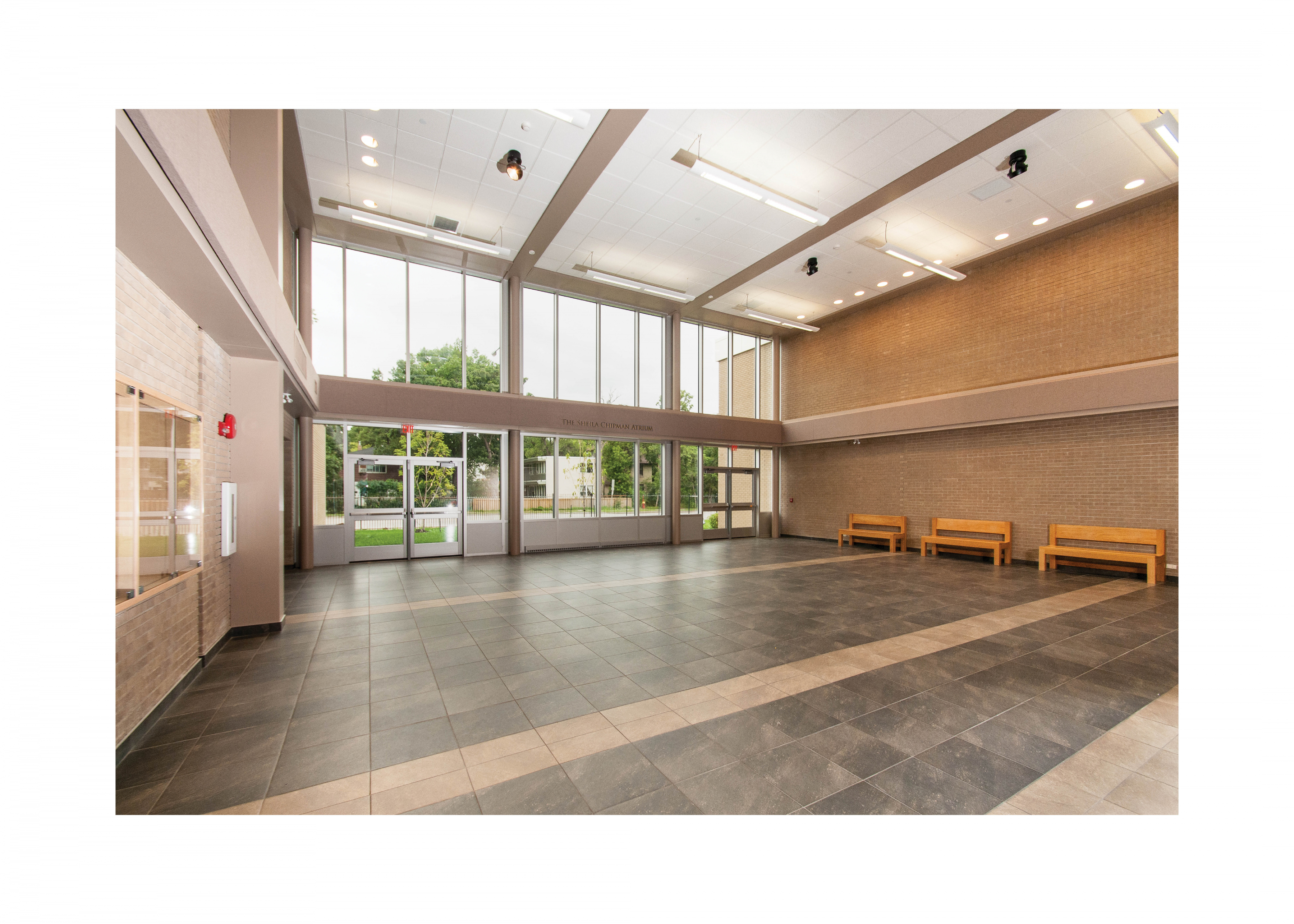
Sheila Chipman Atrium

Early Years
In the beginning, instruction was given in both English and French. As anglophone students began to out-number the francophones, English became the main working language. However, even after the French stream was phased out in the early 1900s, students were still able to study the French language.
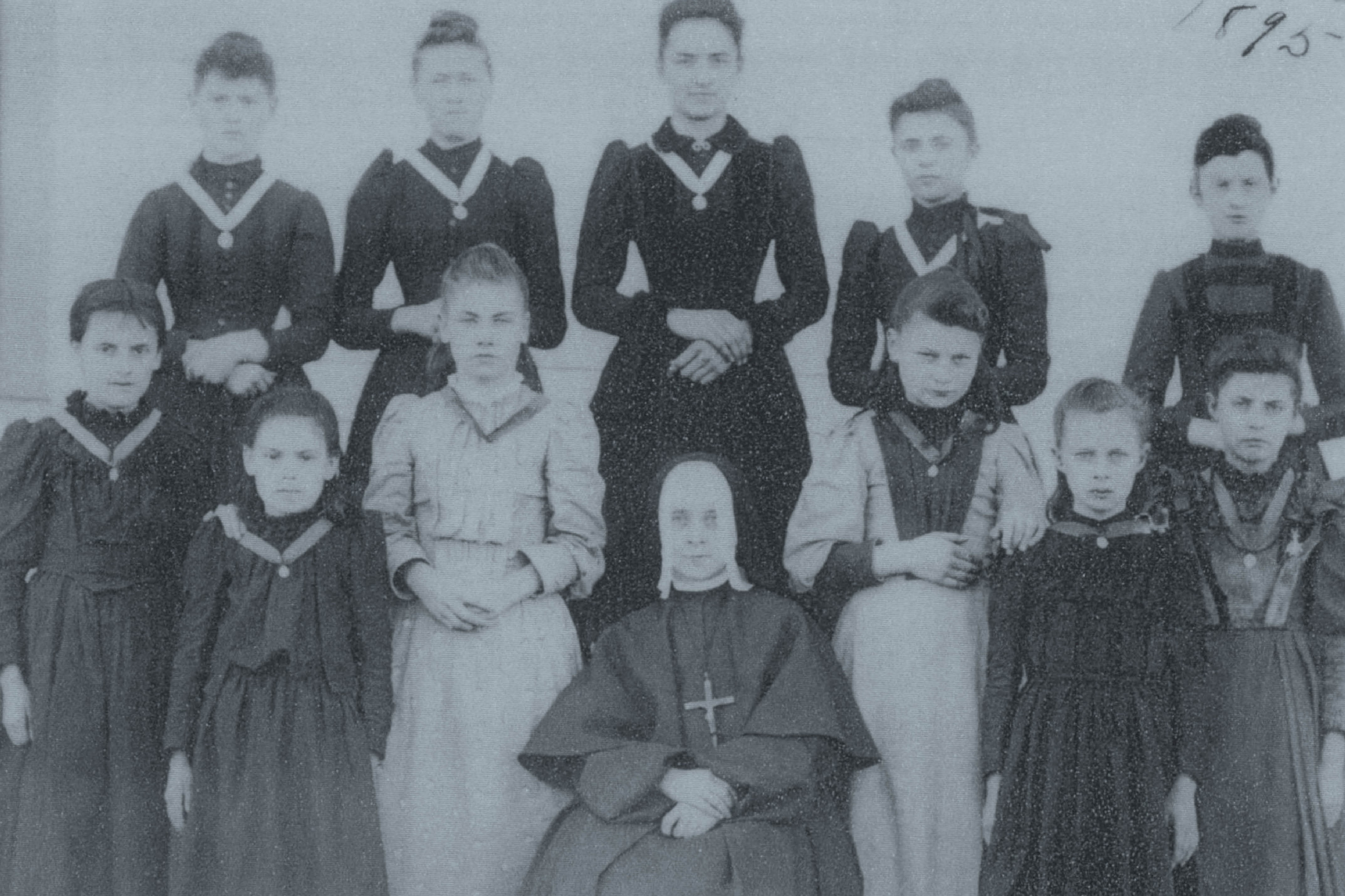
Class in 1895
Academy Boys
The school was coeducational until 1875 when the Christian Brothers opened a school for boys on Hargrave Street. Boys did not attend St. Mary’s Academy again until 1915, when by special request from the Archbishop, they were accepted into Grades 1 and 2. By the early 1950s overcrowding forced the Sisters once again to restrict enrollment to girls.
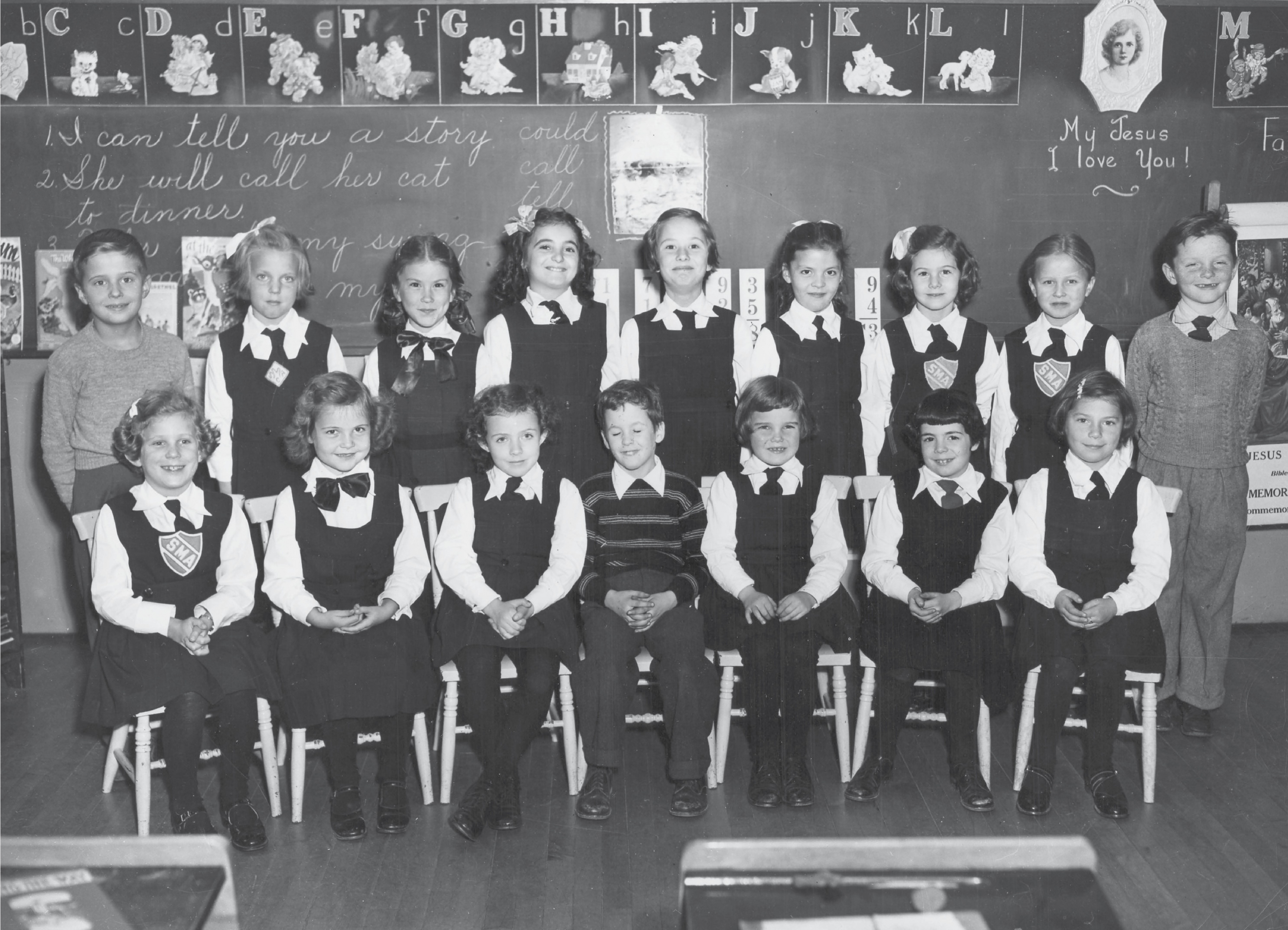
Class in 1952
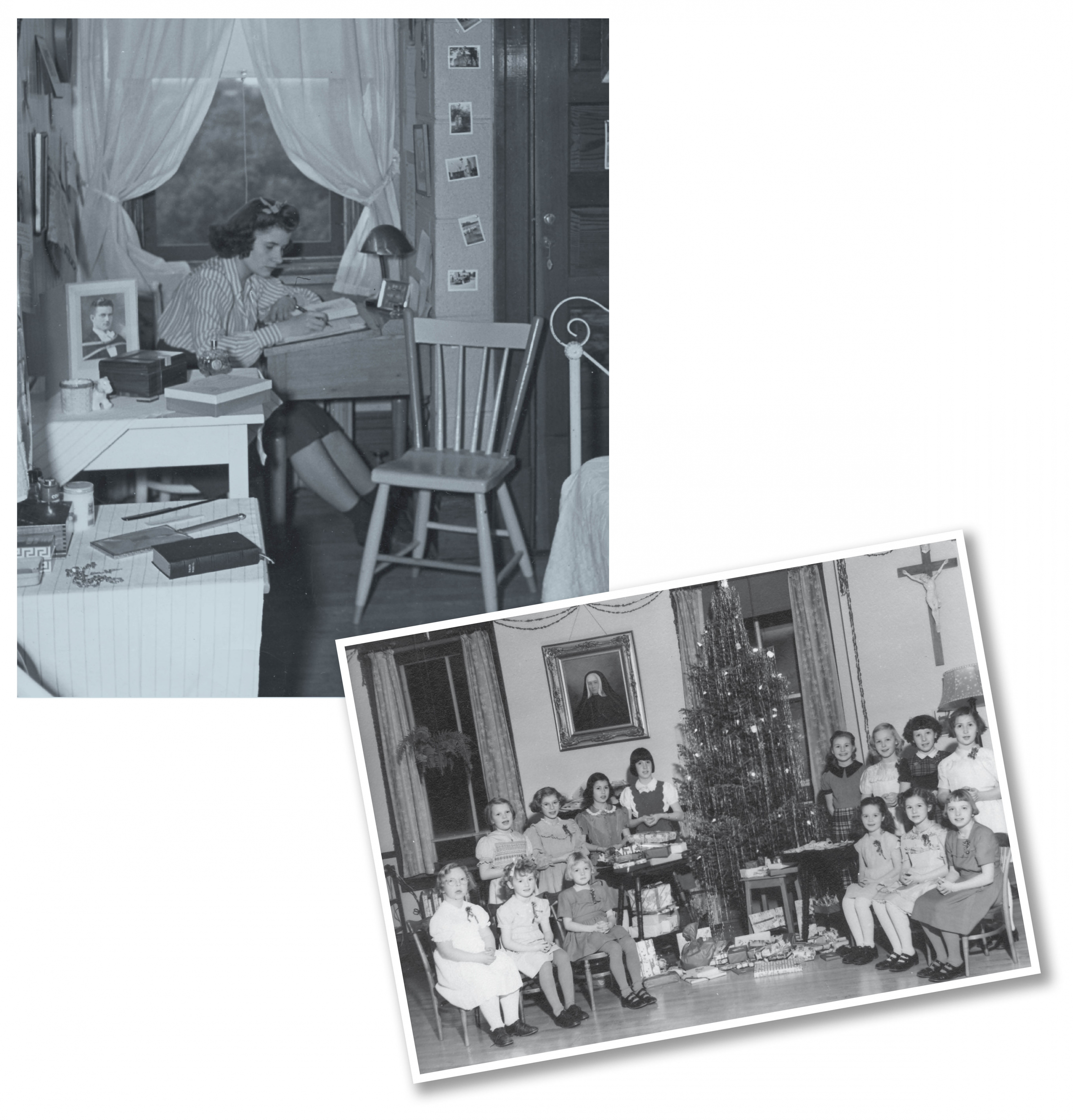
Top: Boarding student in her room in 1942
Bottom: Junior boarders 1940
From Public to Private
Initially St. Mary’s Academy was considered a public school. With the passage of the Manitoba Schools Act in 1890 the denominational system of public education was abolished and a non-sectarian system established. St. Mary’s Academy became an independent or private school operating with revenue from music and art lessons, boarding fees and donations until the Sisters could manage no longer and instituted tuition fees in 1901. Partial provincial government funding was restored in 1990.
Boarding School
In the early decades of the school, when urban population was sparse and transportation undeveloped, St. Mary’s Academy was a boarding school. For 90 years, boarders made a unique contribution to the character of the school and boarding school fees helped the school financially. By 1960 urban population growth, transportation advancements, and school bussing meant there was no longer need for a boarding school. The boarding school closed in June 1960.
Commercial Course
The Academy started a Commercial Course in 1904, when many offices were opening in Winnipeg and there were few trained personnel available for the workforce. By mid-century the Commercial Course offered training in typing, shorthand, comptometer, bookkeeping, business practice and business English. Graduates of the course were highly sought after by leading Winnipeg businesses. The Academy closed the Commercial Course in 1971 when the high school curriculum was revamped to place greater emphasis on preparation for post-secondary education.
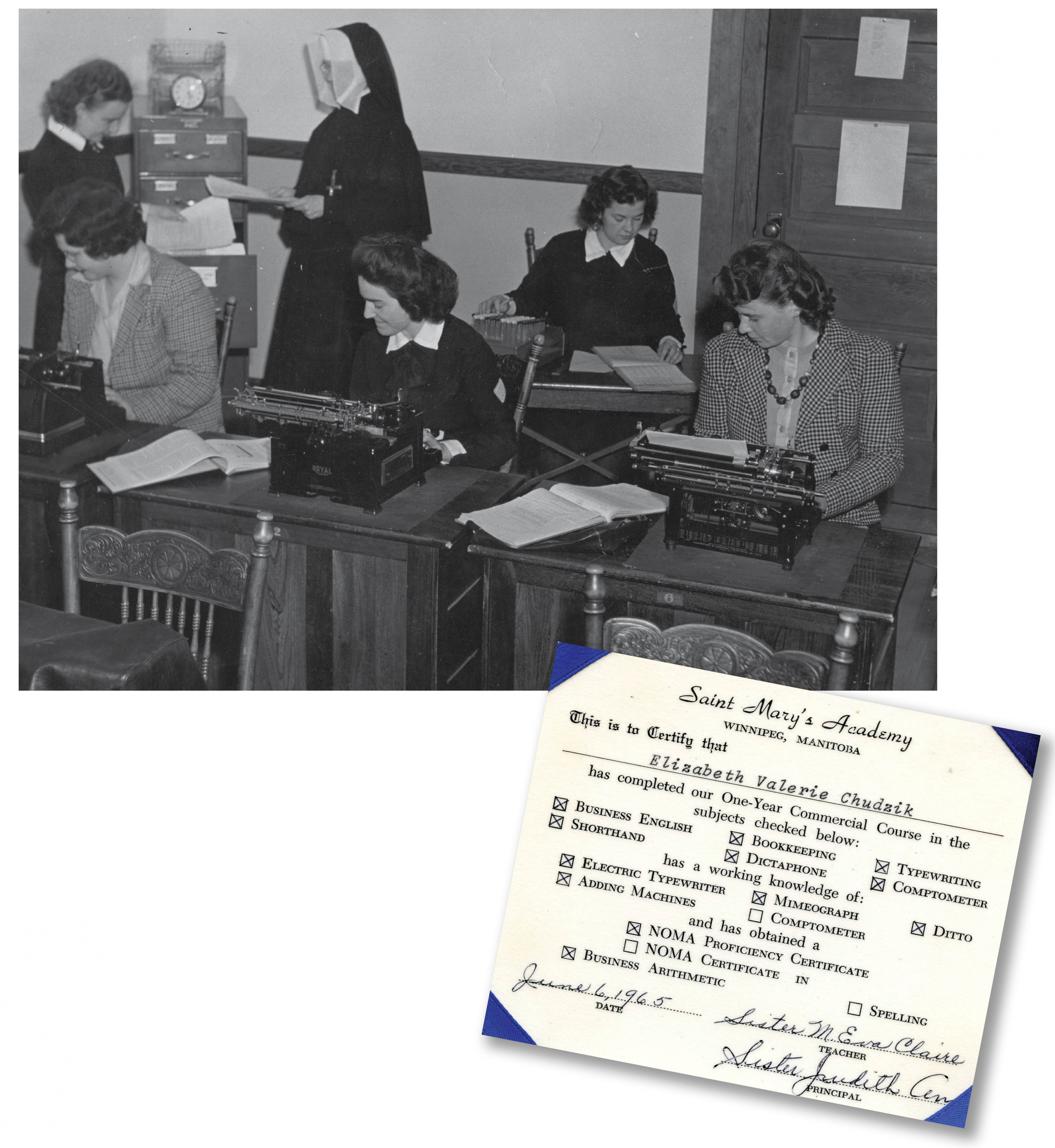
Top: Sister Margherita Mary with Commercial Class, 1942
Bottom: Commercial Course Certificate, 1965
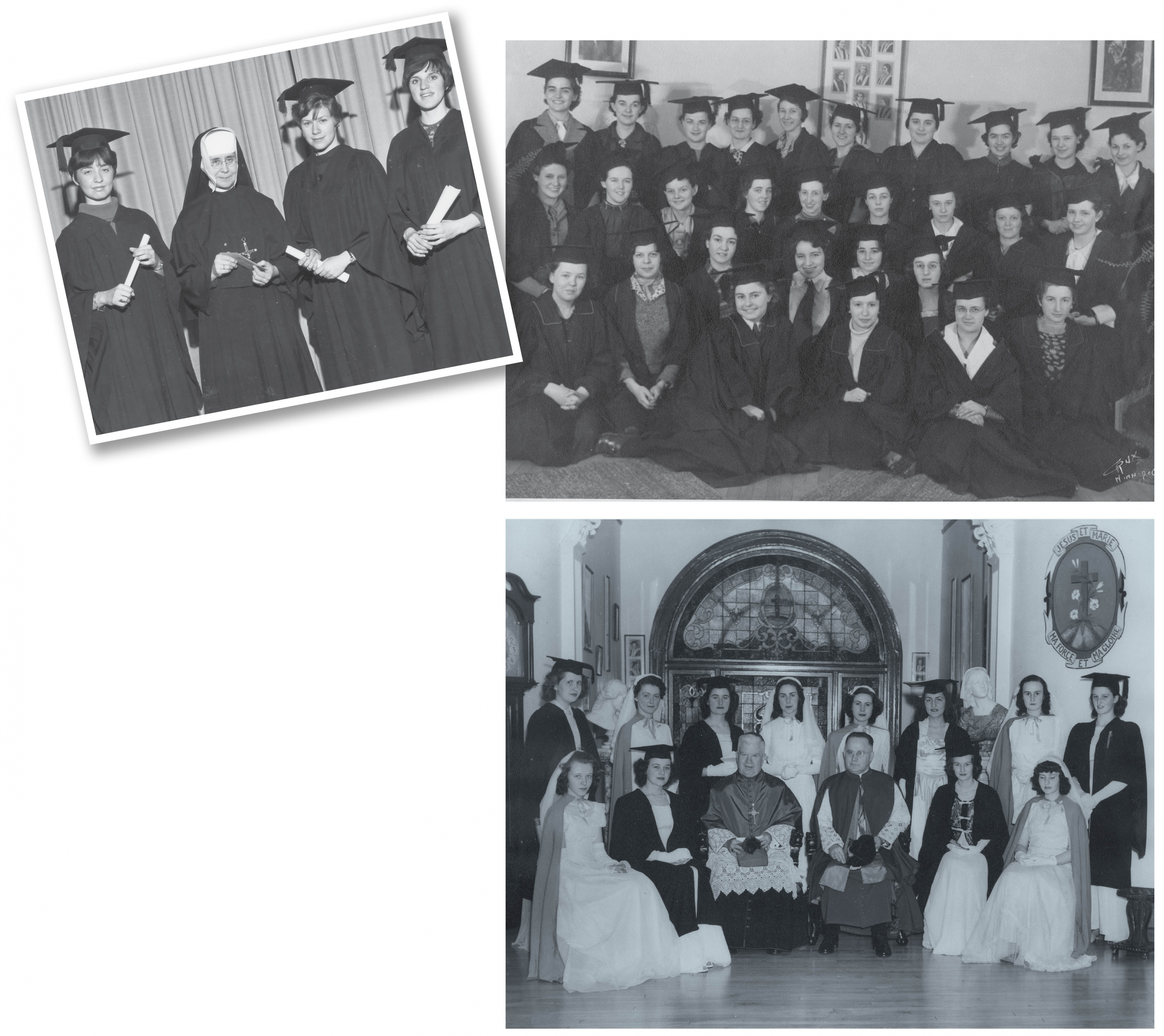
St. Mary’s College
The University Course was taught at St. Mary’s Academy beginning in 1908 but students had to register as an extra-mural to graduate from the University of Manitoba. In 1926 St. Mary’s College became affiliated with the University of Manitoba, first through St. Boniface College, then in 1936, through St. Paul’s College. At the time, St. Mary’s College was the West’s only Catholic institution where full college courses were offered to women. When St. Paul’s College became co-educational, the need for a separate Catholic ladies’ college was eliminated and St. Mary’s College closed in June 1965, after 38 years of operation.
Top left: ARCT Graduates, circa 1959.
Top right: St. Mary’s College graduates 1936.
Bottom: St. Mary’s College graduates with Archbishop Murray 1948.
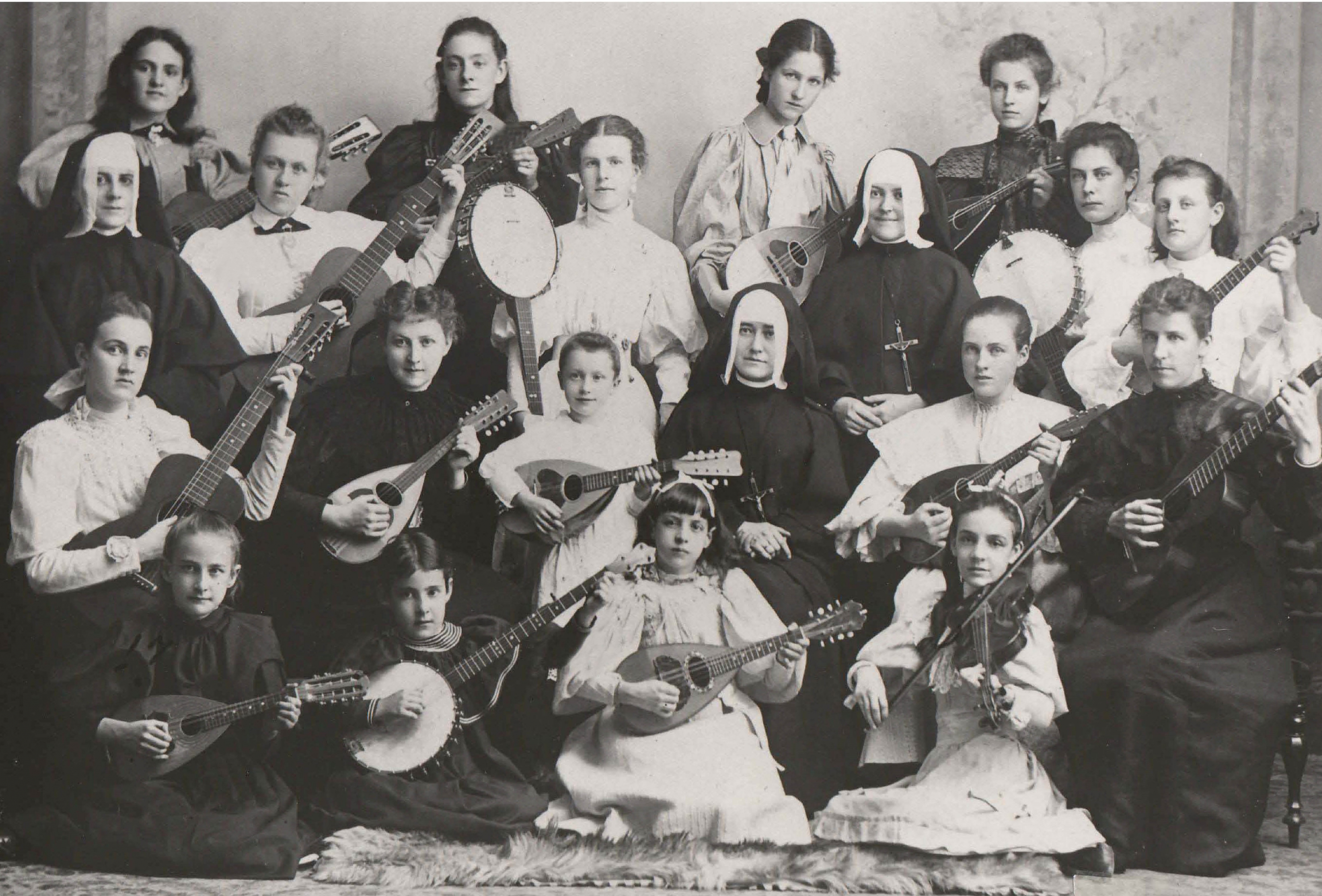
Music teachers and students, 1896
Music Department
Music has been an important component of Academy life since the beginning. By 1910 the school boasted a music department with 22 private studios. The Music Department was an examination centre for both the Toronto Royal Conservatory of Music (ARCT Diploma) and the Western Board of Music. For a time, violin, viola, violoncello, pipe organ, vocal, and orchestra were also offered at the Academy under the direction of the eminent musician John Waterhouse. The Academy’s music students took part in annual recitals, the Winnipeg Music Festival and evenings of entertainment. The piano rooms were dismantled during the 1981 renovations to make room for more classrooms.
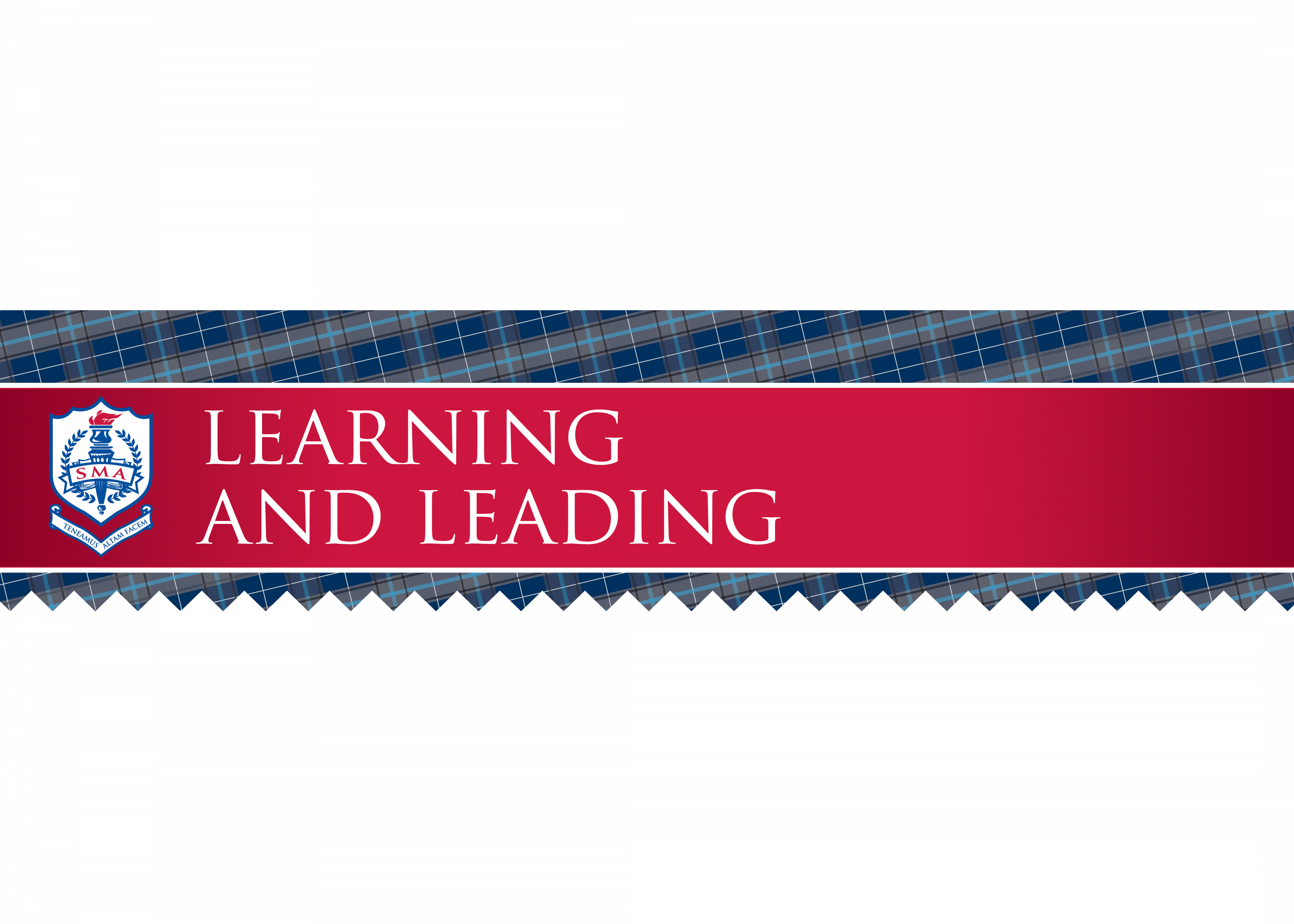
St. Mary’s Academy participates in the Church’s mission of education which aims at the full development of the human person. Characteristically, the school’s academic and religious studies programs and its variety of learning experiences enable students to develop their talents, social skills and leadership potential.
For most of its existence, the Academy has followed the program of studies approved for K-12 by Manitoba Education, placing emphasis on intellectually challenging core academic programs. Initially the Sisters also employed a distinctly SNJM approach by incorporating additional courses to complement the prescribed program such as instrumental and vocal music, drawing, behaviour, elocution, sewing and physical training. In time these courses would become part of the public school curriculum as well.
Top: Students 1887
Left: Students 1952-53
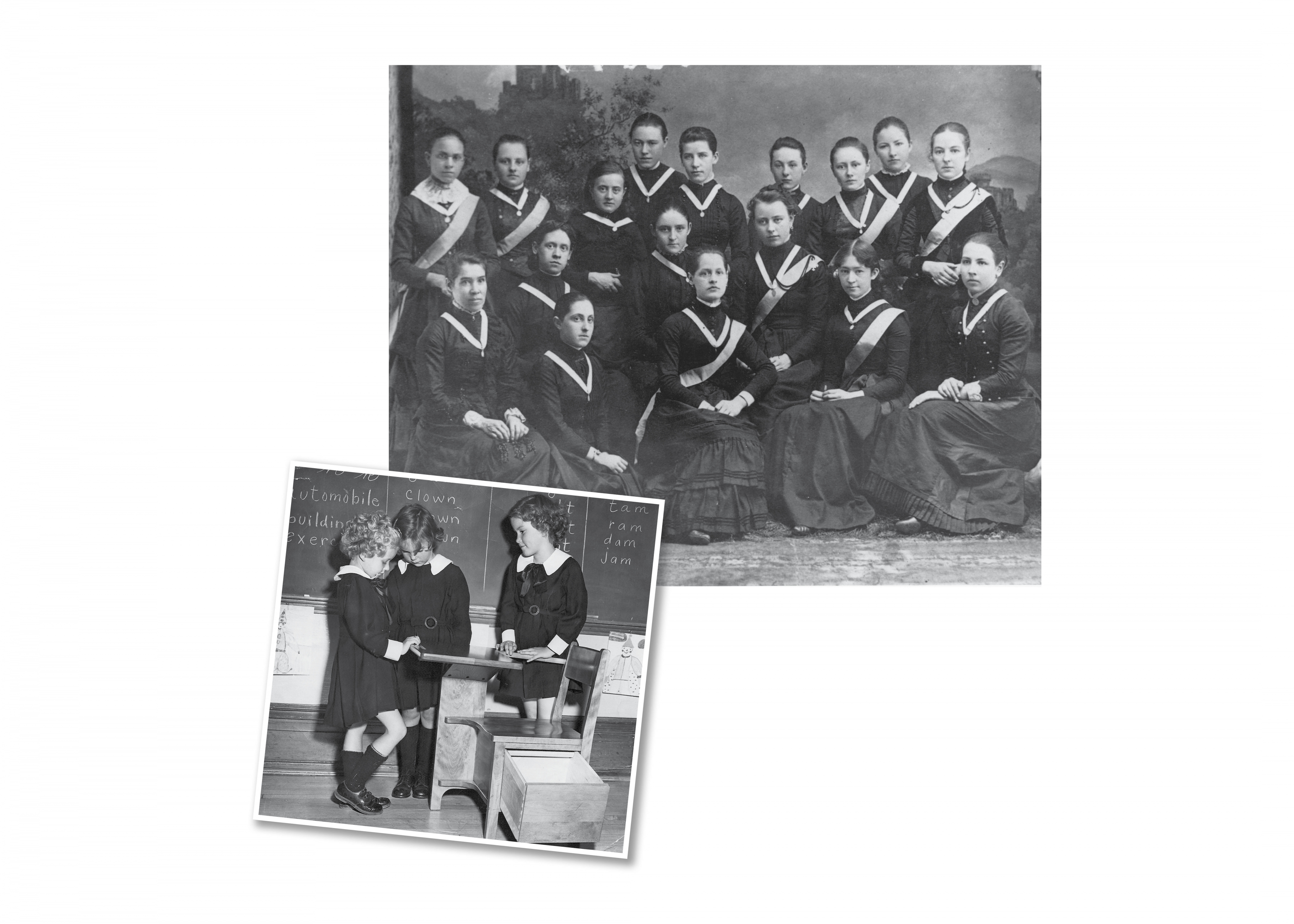

Chemistry student 1942
The Foundation Years
In the foundation years, there were only two classrooms, juniors (Grades 1 to 6) and seniors (Grades 7 to 10). The curriculum included religious instruction, spelling, reading, writing, object lessons, behaviour, grammar, composition, history, geography, arithmetic, drawing, vocal music, mythology, needlework, logic and natural philosophy. Despite being in existence for only a few years the school garnered praise from Superintendent Elie Tasse who reported in 1876: “Education in this so well-appreciated and largely patronized institution has reached a high degree.” The school’s reputation for providing high quality education would drive its growth in the years to come.
By 1970 the Academy’s high school program focused on preparation for post-secondary education. At the same time, the school placed more emphasis on involvement in clubs, activities, sports and enrichment opportunities which were designed to nurture spirit, mind, and body. Student led extra-curricular clubs and activities are now more than ever integral components of an Academy education.

Top: Domestic Science circa 1940s
Middle: Glee Club Christmas Pagent 1962
Bottom: Drama Production, The Fortune Teller, 1957
The Arts
A 1930s brochure stated “lessons in Expression help to teach her self-control and assurance.” Later public speaking activities would include diction classes, poetry and drama festivals and
debate tournaments.
The importance placed on composition, literature and journalism is evident in the number and variety of student publications including: The Monthly Gleaner, first published in March of 1894; The Angelos; The Academian; The Marian Torch, since October 1947; The Spark.
“Nearly everyone at St. Mary’s Academy took piano lessons,” according to one student from the 1874 class. Through the years, many piano recitals, drama productions and Glee Club operettas were staged, confirming that performing arts has been a hallmark of an Academy education.
Visual arts including painting, drawing, pottery and art appreciation have been offered consistently in the curriculum, and for many years in private lessons.
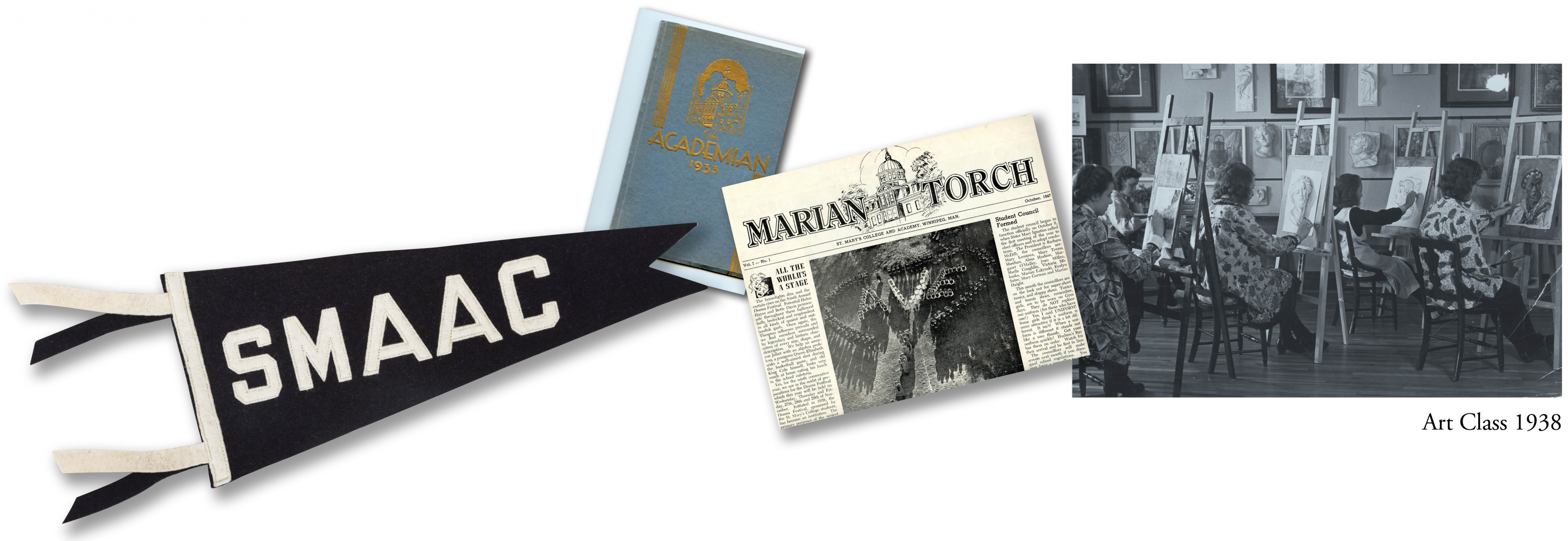
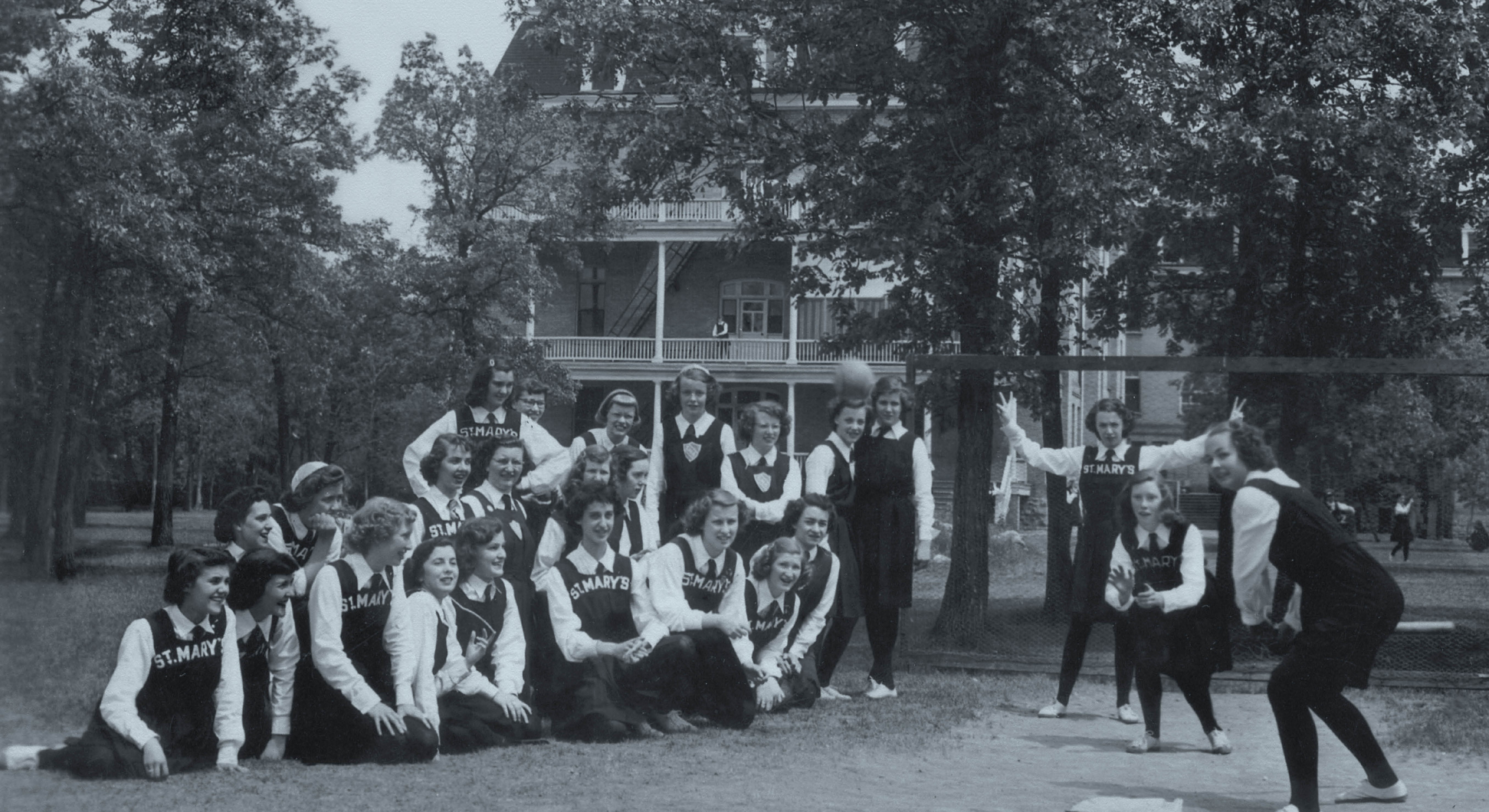
Baseball in 1949

Basketball team in 1939
Athletics
St. Mary’s Academy has always placed importance on physical activity, athletics and sports. In the early days a Sister was responsible for calisthenics and by 1888 the Academy employed a physical training instructor. For decades, the Athletic Club was a prominent student organization, and was presided over for many years by Sr. Rita Maureen after whom the gym was named.
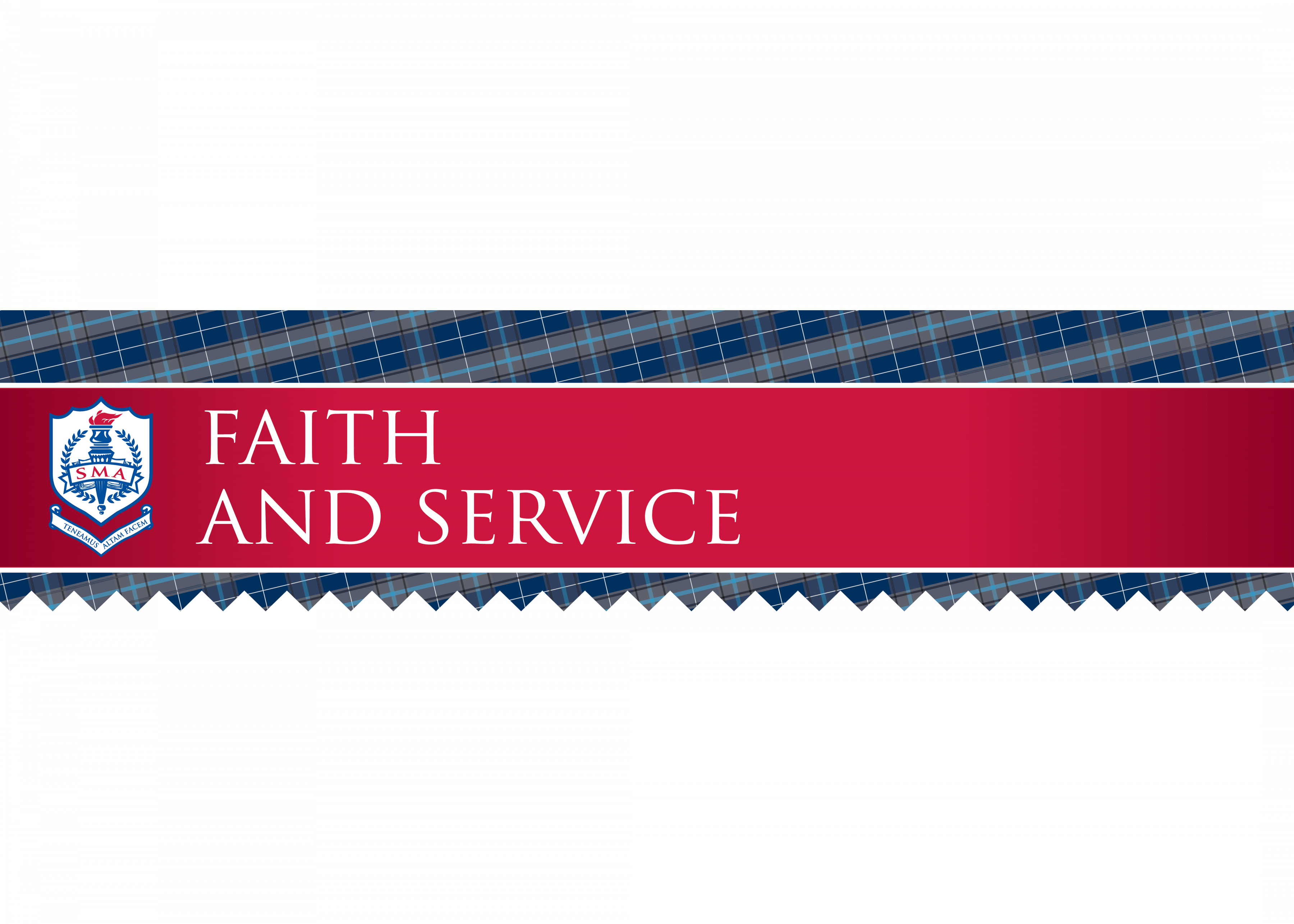
St. Mary’s Academy’s young women are immersed in a community where God is part of everyday life and where emphasis is placed upon social responsibility and service, especially to the poor and disadvantaged. The school community is grounded in the belief that each person is created in the image and likeness of God and worthy of respect and caring.
Since the foundation of the school, students have followed catechism or religious education classes. In addition, students have been given opportunities to deepen their faith life through participation in sacraments, rituals, prayer and reflection, service learning and charitable outreach.

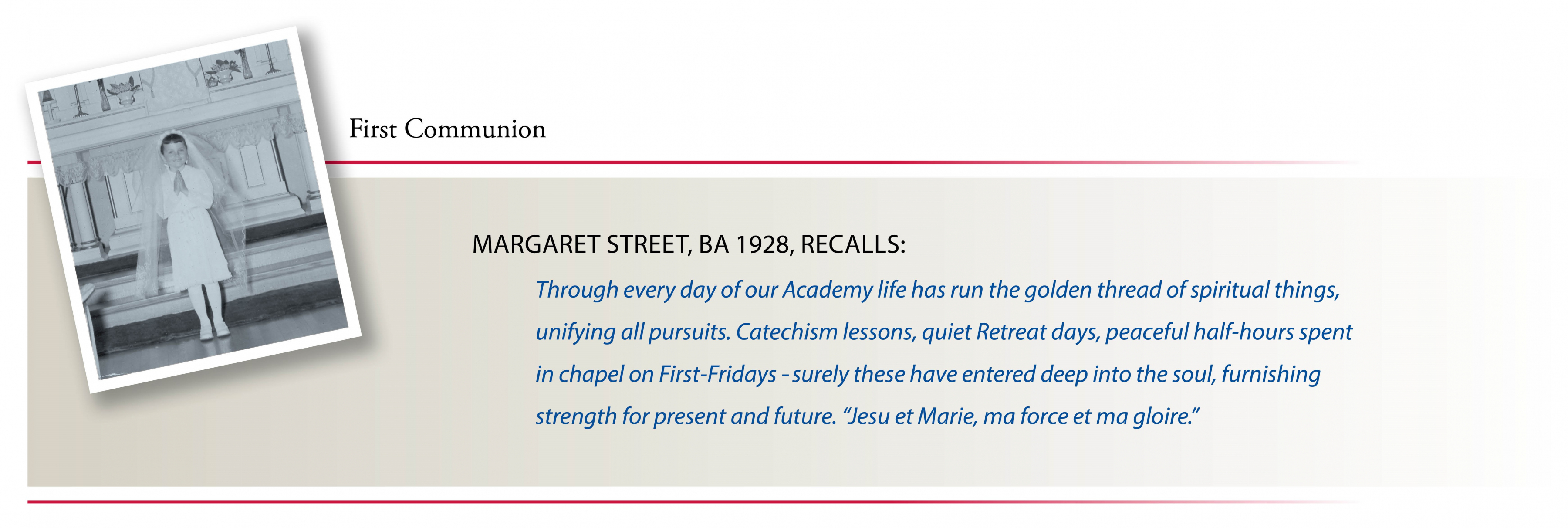
Chapel and Celebrations
There has always been a chapel at St. Mary’s Academy where mass has been celebrated regularly, and where there was benediction of the Blessed Sacrament in former times. The ornate chapel was renovated in 1969 after Vatican Council II. Karol Cardinal Wojtyla, later Pope John Paul II, prayed in this chapel in September 1969. The chapel was named Holy Names Chapel in 2003 and was modernized again in 2014.
School masses have been celebrated in Alumnae Hall since 1964. Alumnae Hall is also the gathering place for school-wide prayer services such as Remembrance Day and retreats.
Children of Mary
In 1879 St. Mary’s Academy established its first religious organization, a Sodality called the Children of Mary, which promoted devotion to Mary and offered her as a model for the Christian life and patroness for youth. The annual alumnae gathering on December 8, the Feast of the Immaculate Conception, and the Crowning of the Queen of May originated with the Children of Mary. The name Sodality ceased to be used in 1971 and was replaced by CLC (Christian Life Community).
Queen of May
At the well-loved Crowning of the Queen of May the student with the highest mark in grade 12 religion was crowned Queen of May. A large procession wound through the school and the grounds ending with benediction of the Blessed Sacrament in the chapel.
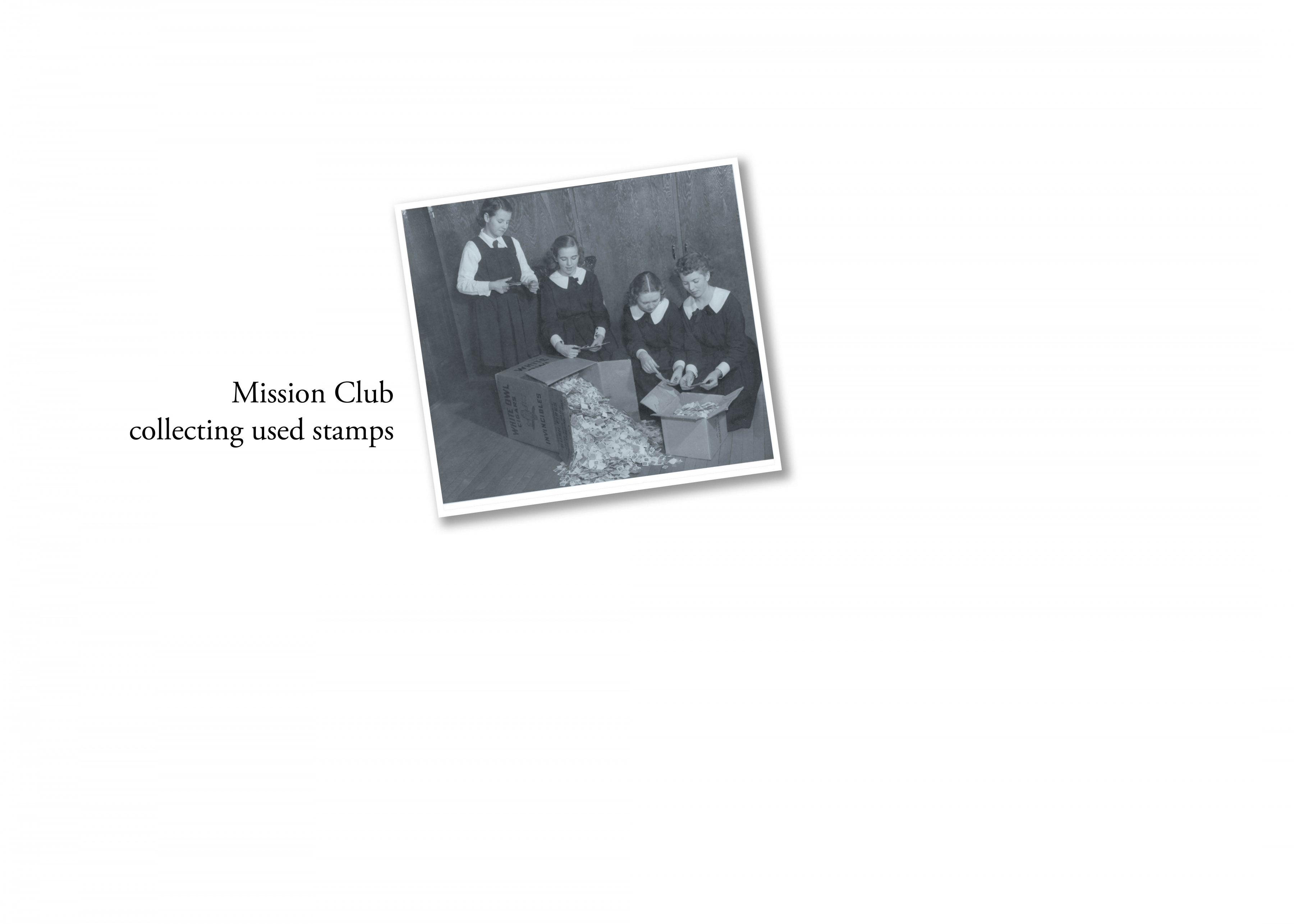

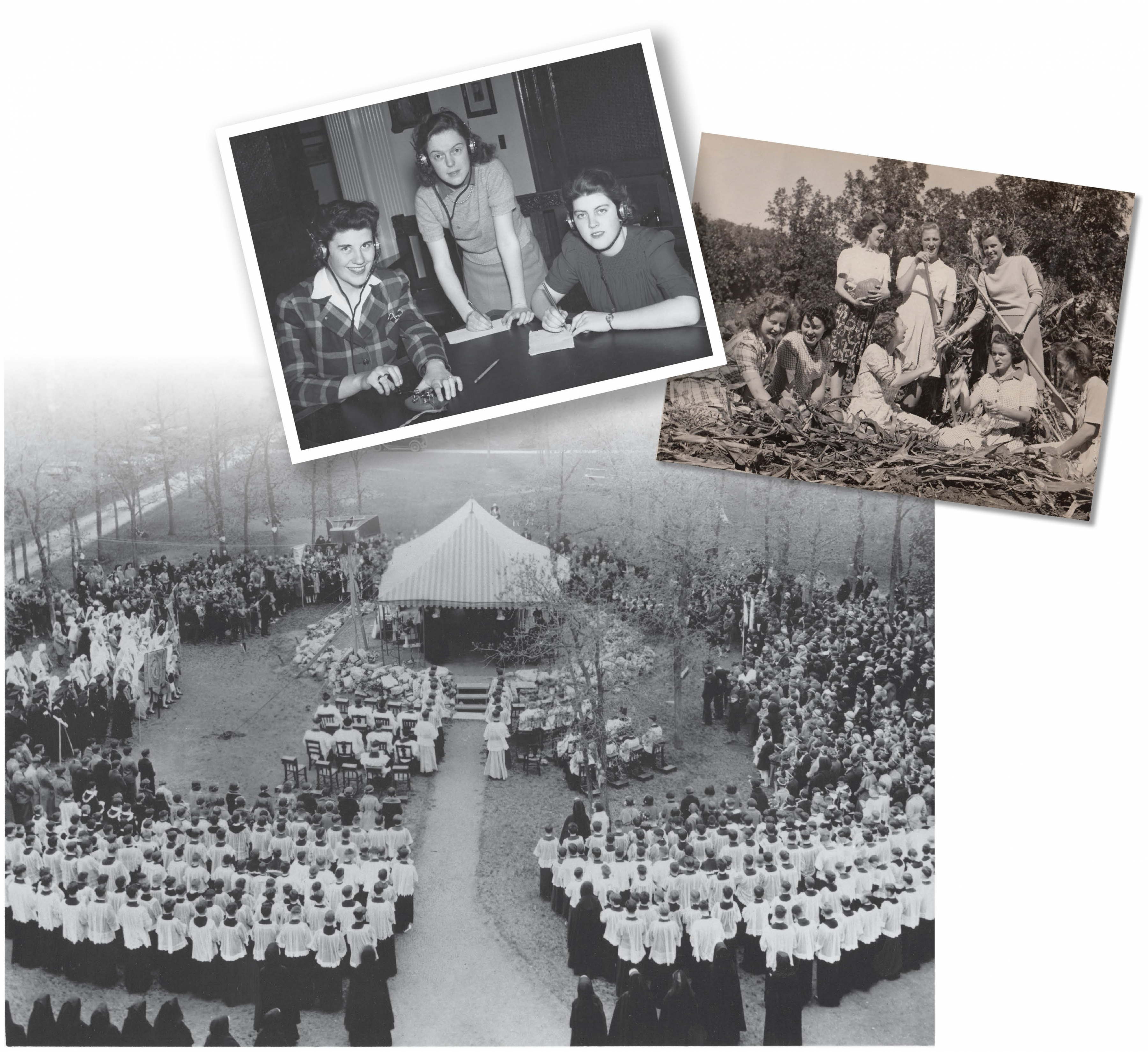
On a Mission
The Canadian Catholic Students’ Mission Crusade organized a Corpus Christi Day demonstration on the grounds of St. Mary’s Academy on May 21, 1932. This demonstration attracted nearly 2000 children from various Catholic schools and colleges. A choir was composed of 250 voices from the various Catholic schools.
The Mission Club has a long tradition of giving students an opportunity to help others and to support worthy causes such as the annual Christmas hamper drive. Everyone at St. Mary’s Academy belongs to the Mission Club.
Top left to right: Aiding the World War II effort, St. Mary’s Academy students planted a Victory Garden, knitted scarves and learned the skill of telegraphy.
Bottom: Corpus Christie Day Demonstration 1932
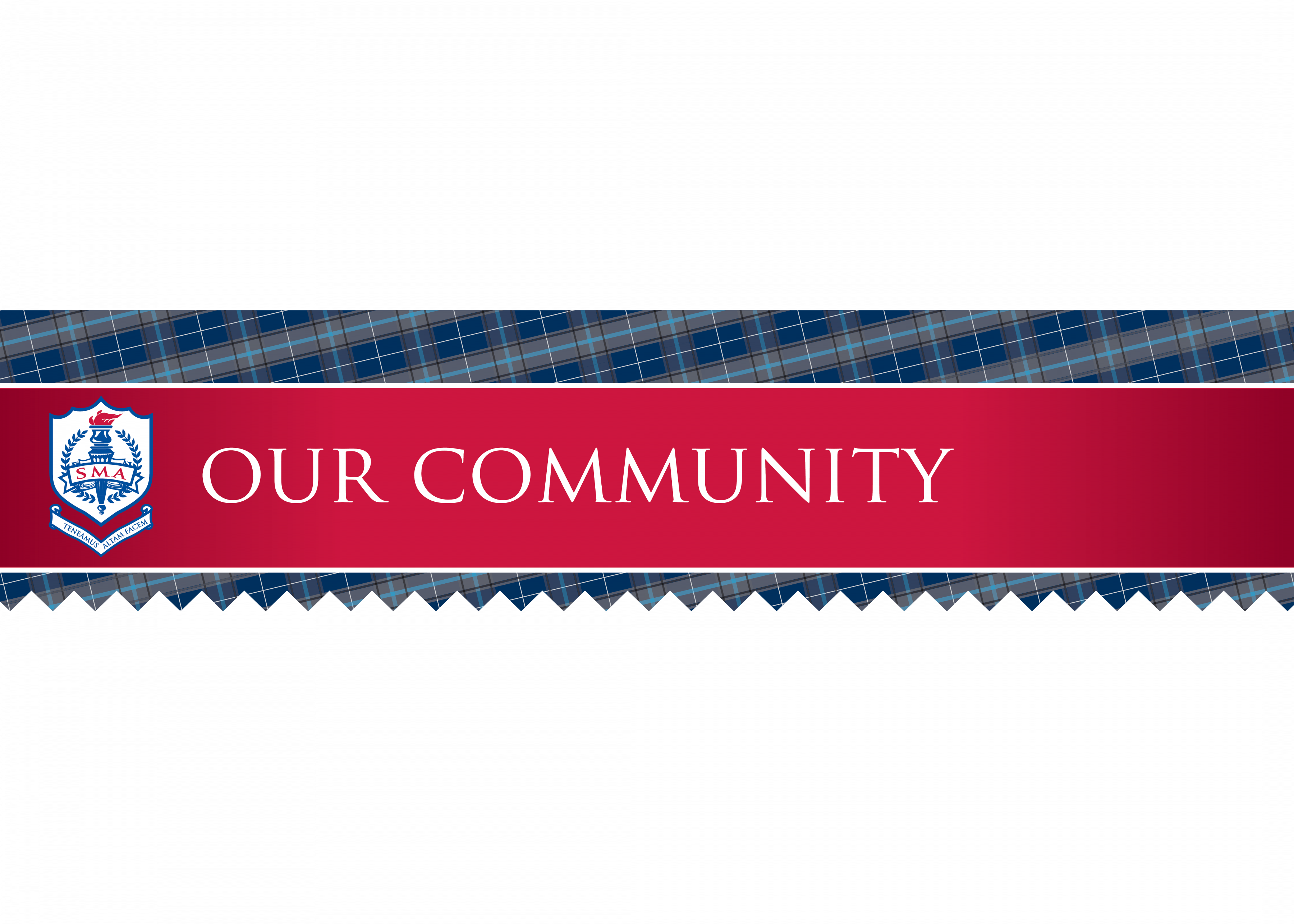

Top: International Day
Bottom: Parent’s working at The Corner Store

Our Parents
Parents are the first educators of their children and are welcomed as partners in education at St. Mary’s Academy.
The first Home and School Association (HSA) was formed in January 1951. Activities included hosting an Open House, instituting the Powder Puff Prom and Miss Academy, and purchasing chairs for the auditorium.
In 1971 the HSA was replaced by the Mothers’ Guild which, in turn, evolved into the Parents’ Guild in 1992. The Parents’ Guild provides hospitality, operates the Corner Store, fosters a sense of community among parents and raises funds to enhance programs for students. The Guilds’ biggest undertaking, International Day inaugurated November 9, 1975, is an annual event celebrating the diversity of families within the SMA community.

Top: Alumnae Association Foundresses, 1909
Middle: Alumna Rachel May McDonald returns for visit
Bottom: Two generations of alumnae – 1977 and 2006
Our Alumnae
Through the years, St. Mary’s Academy has graduated close to twenty thousand young women, many of whom have also sent their daughters to the school. Friendships among students are formed early in the school years and frequently last well beyond graduation. Alumnae reunions and events help to foster the bonds of friendships.
The Alumnae Association was established on April 11, 1909. The stated purpose of the group was to foster the spirit of good fellowship and cooperation, not only among themselves, but chiefly towards that splendid institution of learning proudly owned by them as their Alma Mater.
The present-day Alumnae Association is a community of women committed to preserving the heritage of St. Mary’s Academy through celebrating and enabling life-long connections among Alumnae. An active Alumnae Board and dedicated members organize events, raise funds for the school and promote the Academy to the broader community.
St. Mary’s Academy takes pride in its alumnae who Hold High the Torch, striving for excellence and service in their personal and professional lives. The annual Marian Awards were instituted in 2005 to recognize these exceptional women.

Our Faculty and Staff
Since 1874 St. Mary’s Academy has been a school in the tradition of the Sisters of the Holy Names of Jesus and Mary. The Sisters at St. Mary’s Academy served as administrators, teachers, housekeepers, cooks, infirmarians and laundresses. They also supervised boarders and taught private music and art lessons.
Administrators, faculty and staff are now mostly lay people who are committed to the Academy’s vision and mission. Many are former SMA students themselves and several are Associates of the Sisters.

Alumnae and Sisters, 1915
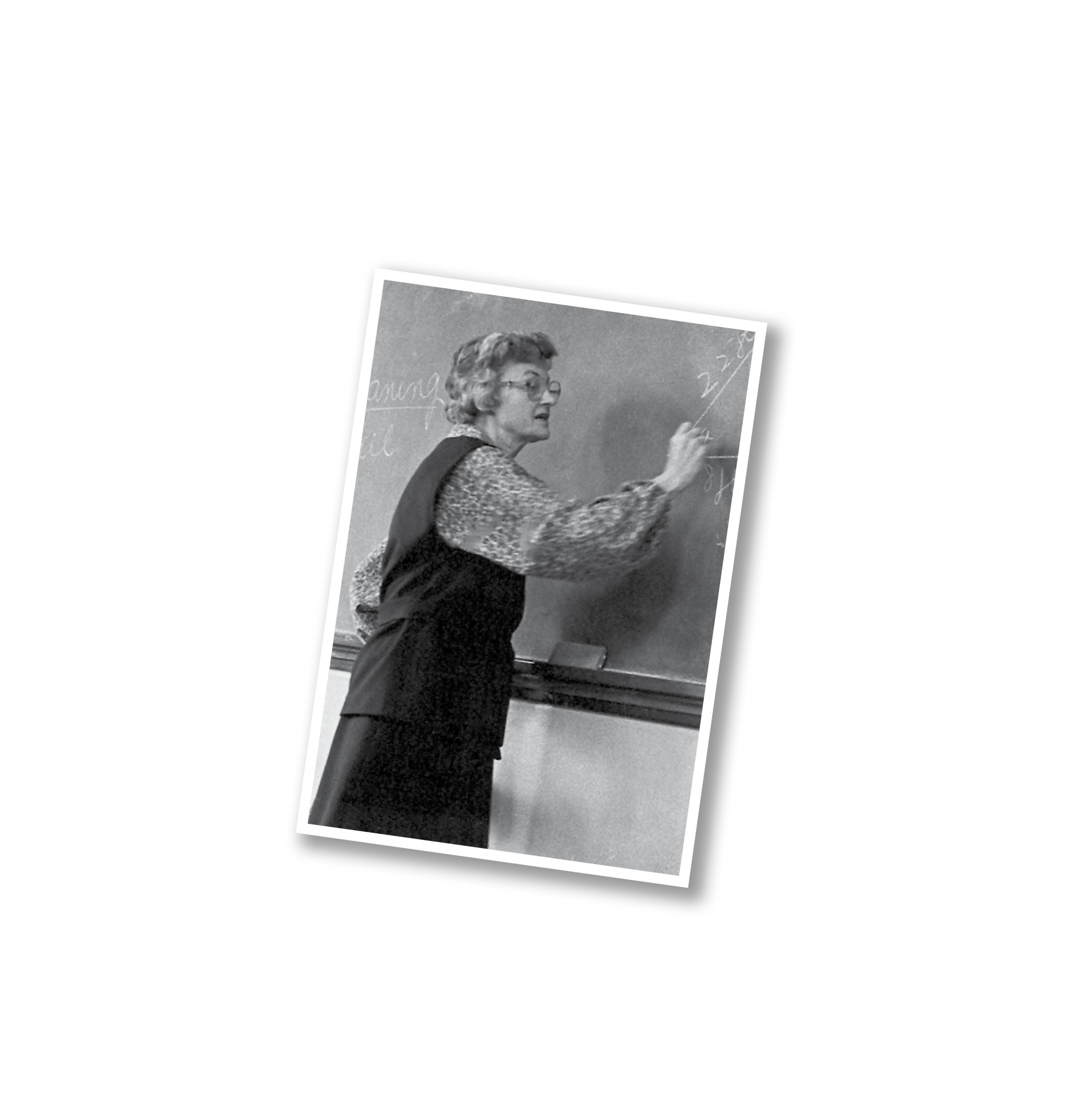
Sister Edith Patricia teaching, circa 1970

Sisters in 1915
